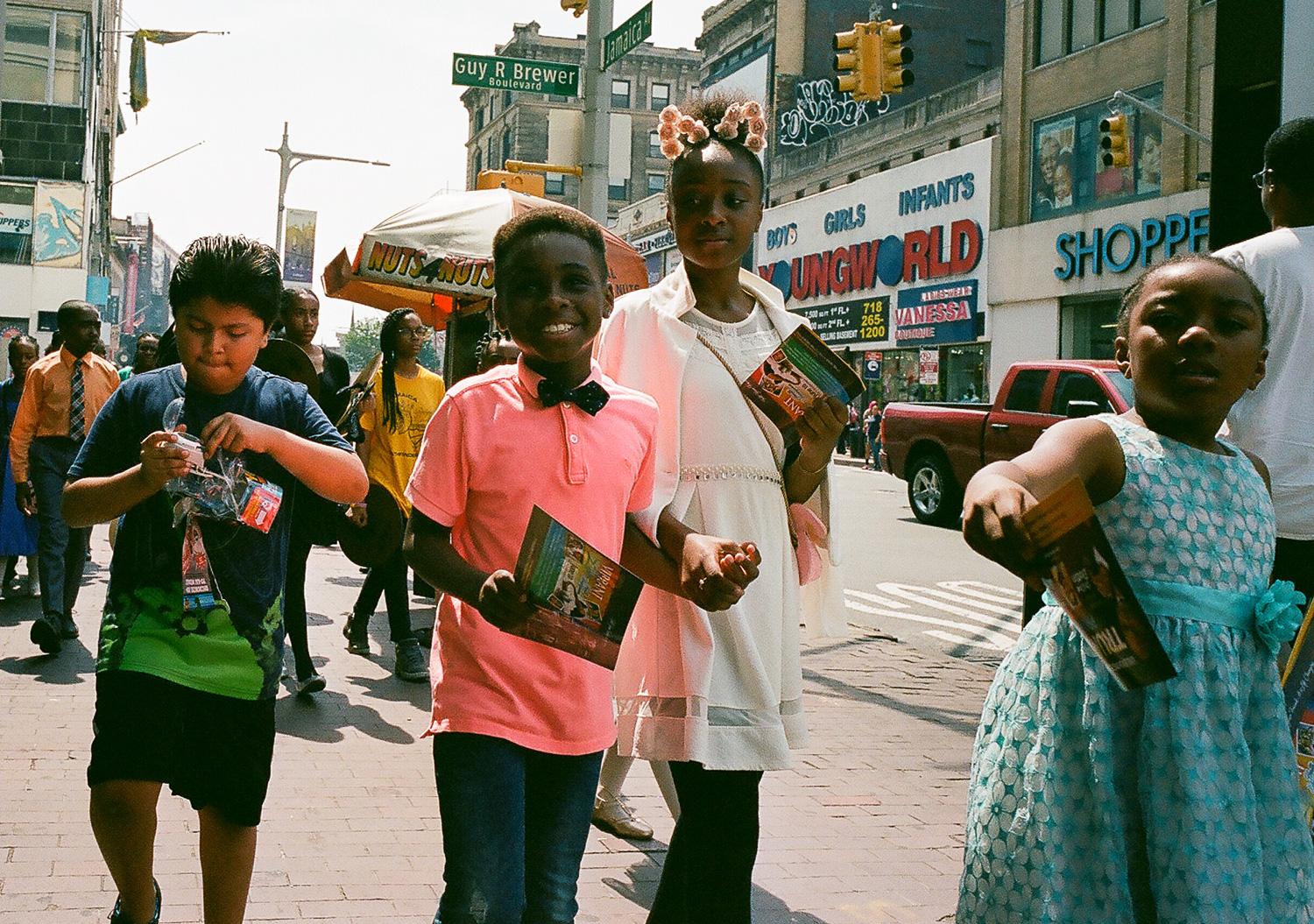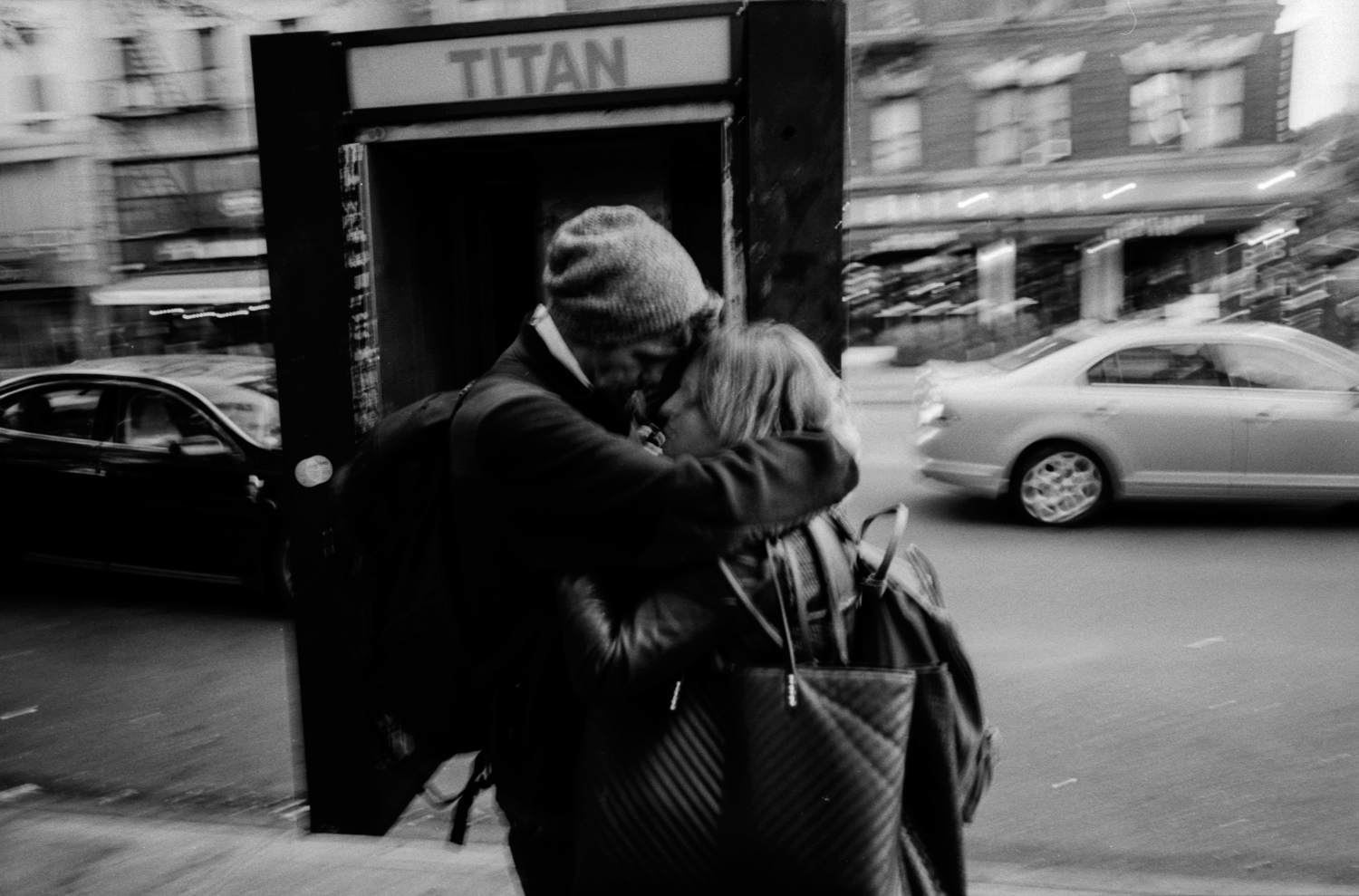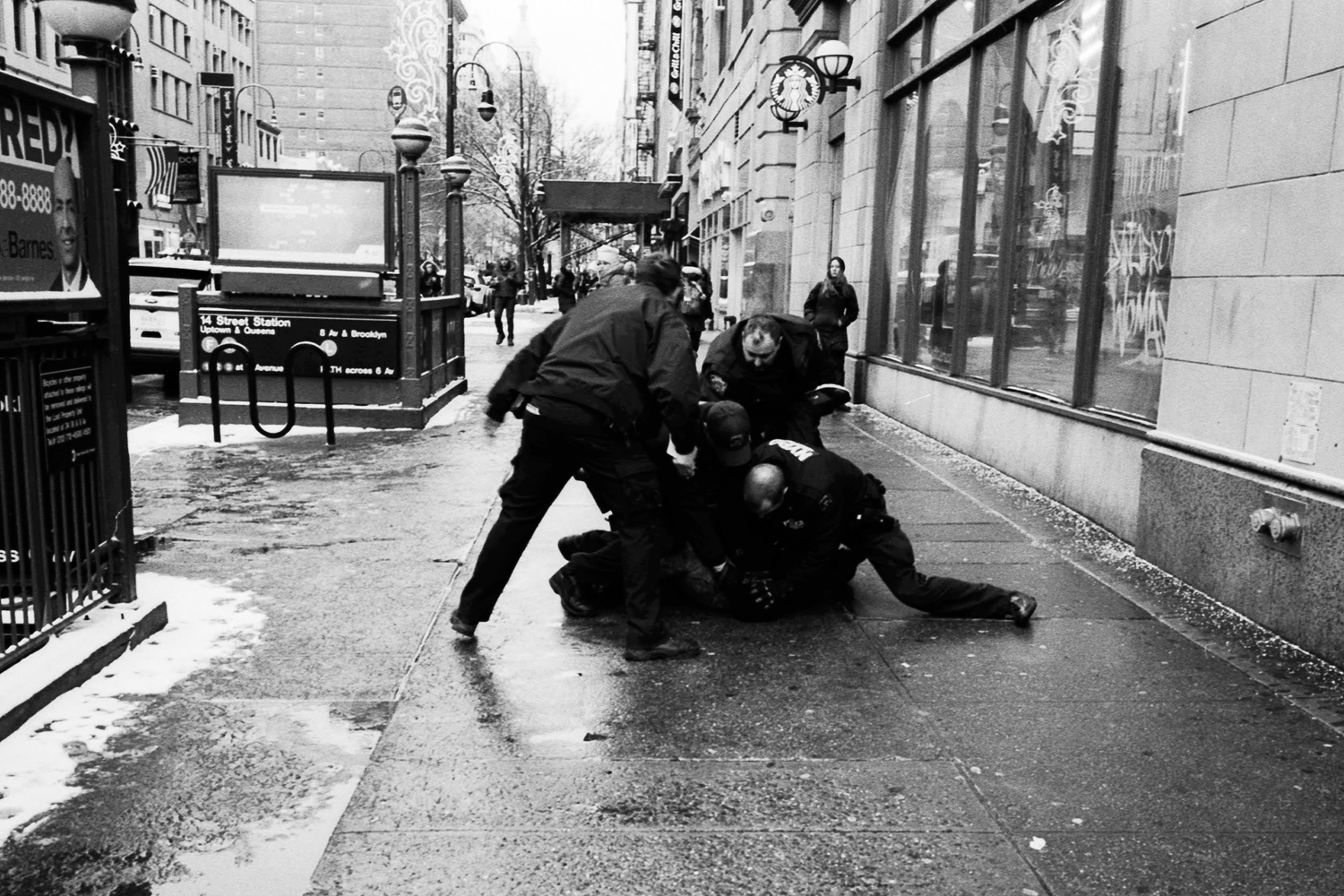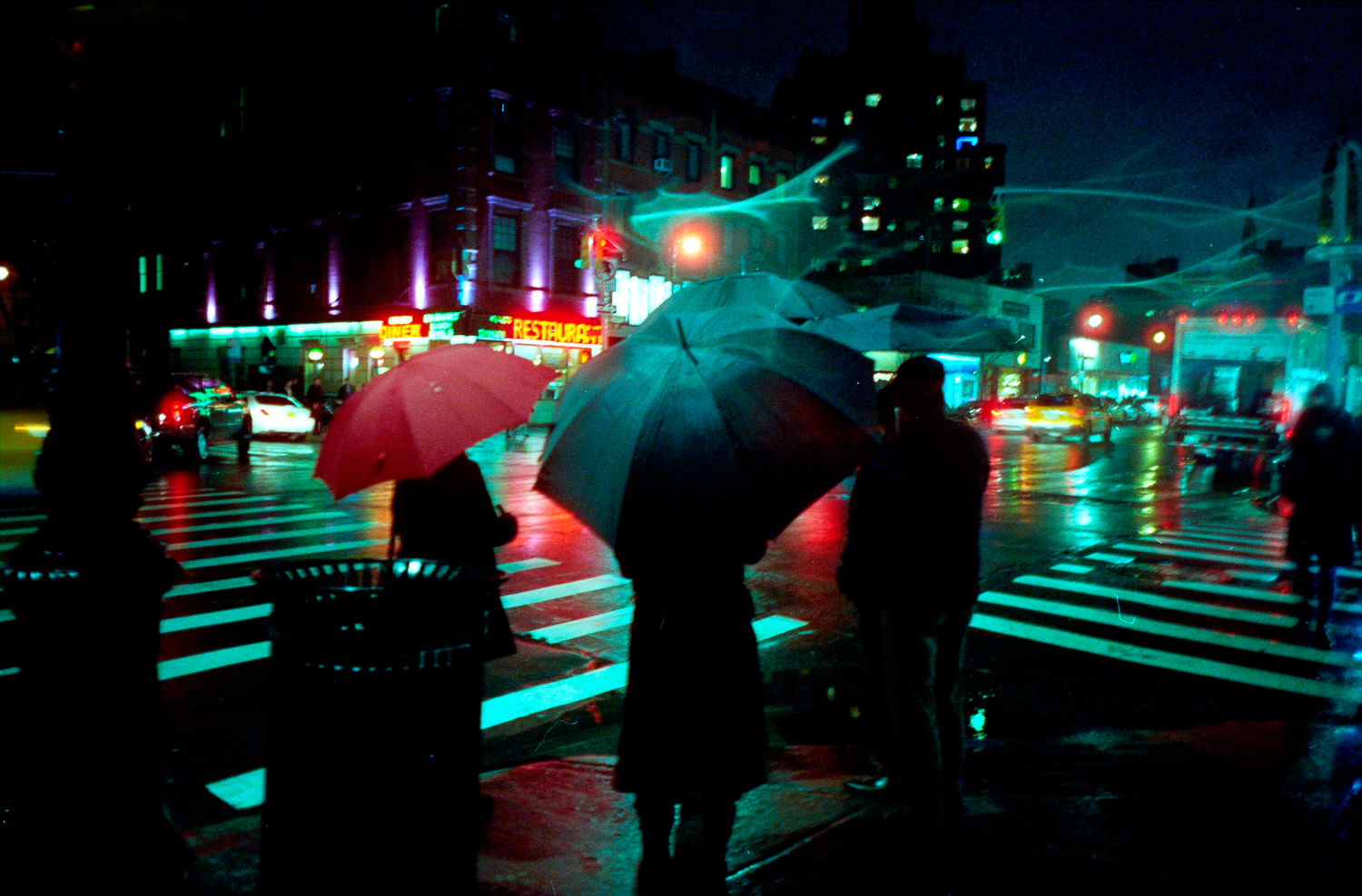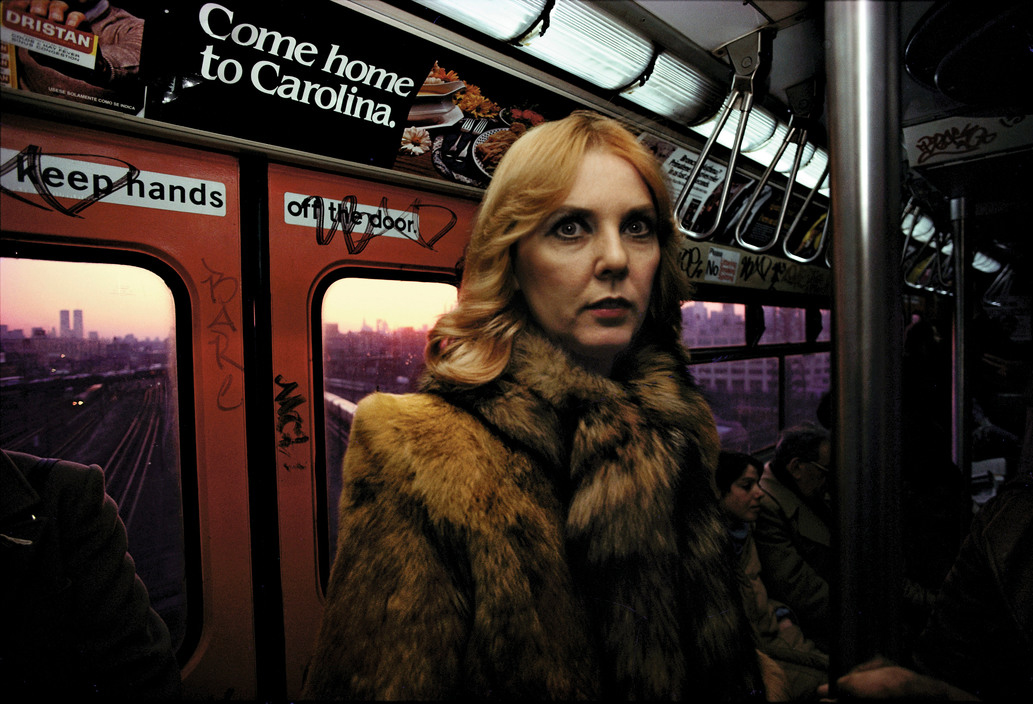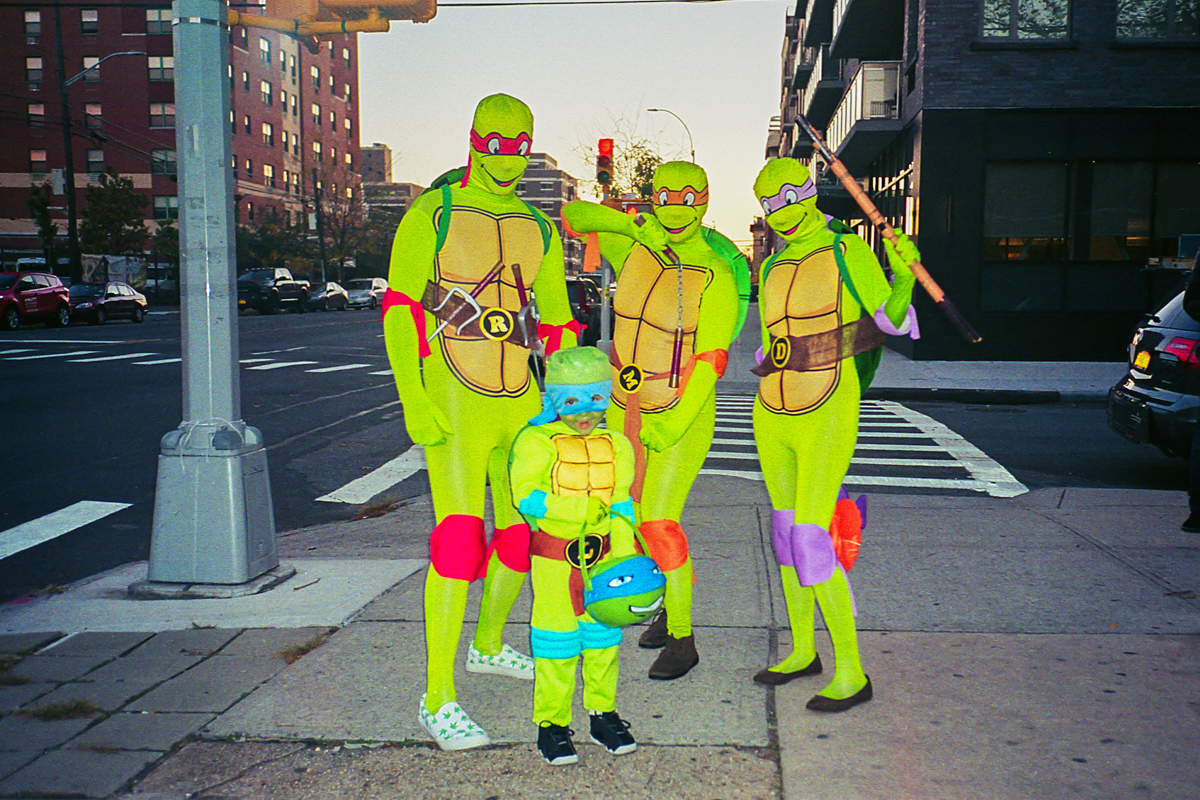
Glamour and Grit: NYC in the Work of Seven Photographers
New York City Street Photography Collective (NYC-SPC) is a group of 21 passionate street photographers. The collective was founded by Jorge Garcia in early 2015 to exchange ideas and experiences and to promote the art of shooting streets. They regularly produce zines and organize exhibitions to highlight photographs from their members or talents they discover. Meetings are held monthly and open to anyone interested in this genre. They are planning to establish a gallery, offer educational programs, provide access to camera and lab equipment and just host more events.
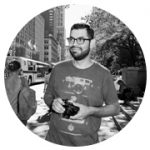
Freelance photographer from Miami. Published his work in Street Photography Magazine, Lomography, Gothamist, The Phoblographer, Street Hunters.net, LA Noir Image. Worked with Vice, Konbini, AirBnb, Next Level UK. Cameras: Leica M6, Olympus XA2 (film), Leica M240, Ricoh GRII (digital).
I was inspired to start the collective by the Photo League — a cooperative of photographers in New York which was active from 1936 to 1951 and included some of the most noted American authors of the mid-20th century. I wanted to be a part of a local community that was committed to street photography, and at the time, I couldn’t find any. So I decided to start my own and invited like-minded individuals to get involved.
The saying “You are the sum of the people you surround yourself with” really resonated with me and I figured, if I wanted to be a better street photographer, I should spend time with other street photographers. The goal was simple: to meet other street shooters, look at each other’s work, give feedback, and hang out.
Ideally, I want to keep the group to a modest size.
Things we look for in new members are not necessarily the quality of the work, but their involvement in the local community. Are they actively shooting? Do we see them at meetings or on the streets? Do they attend shows or other local events?
We accept people that are committed to making street photos and are committed to advancing the group. Rookies or vets. As long as you are focused and willing to lend a hand.
I think what sets us apart from most other collectives is that we are local. We are mostly offline and I like to keep it that way. It’s a benefit of being in NYC. We have a ton of talented shooters living here and it’s great to be able to meet in person, grab a beer or coffee, or spend an afternoon walking and shooting.
I think the movies exaggerate the city too much. It’s not quite like in the movies. Lots of people visiting for the first time will only visit the tourist spots because of what they see in movies like Time Square or Chinatown. The city is huge and I am always finding new corners, bars, or restaurants. I recommend exploring the boroughs. Queens especially. Walking along Roosevelt avenue you get to experience piratically a bit of every culture the world has to offer.
The movies exaggerate the city too much. It’s not quite like in the movies.
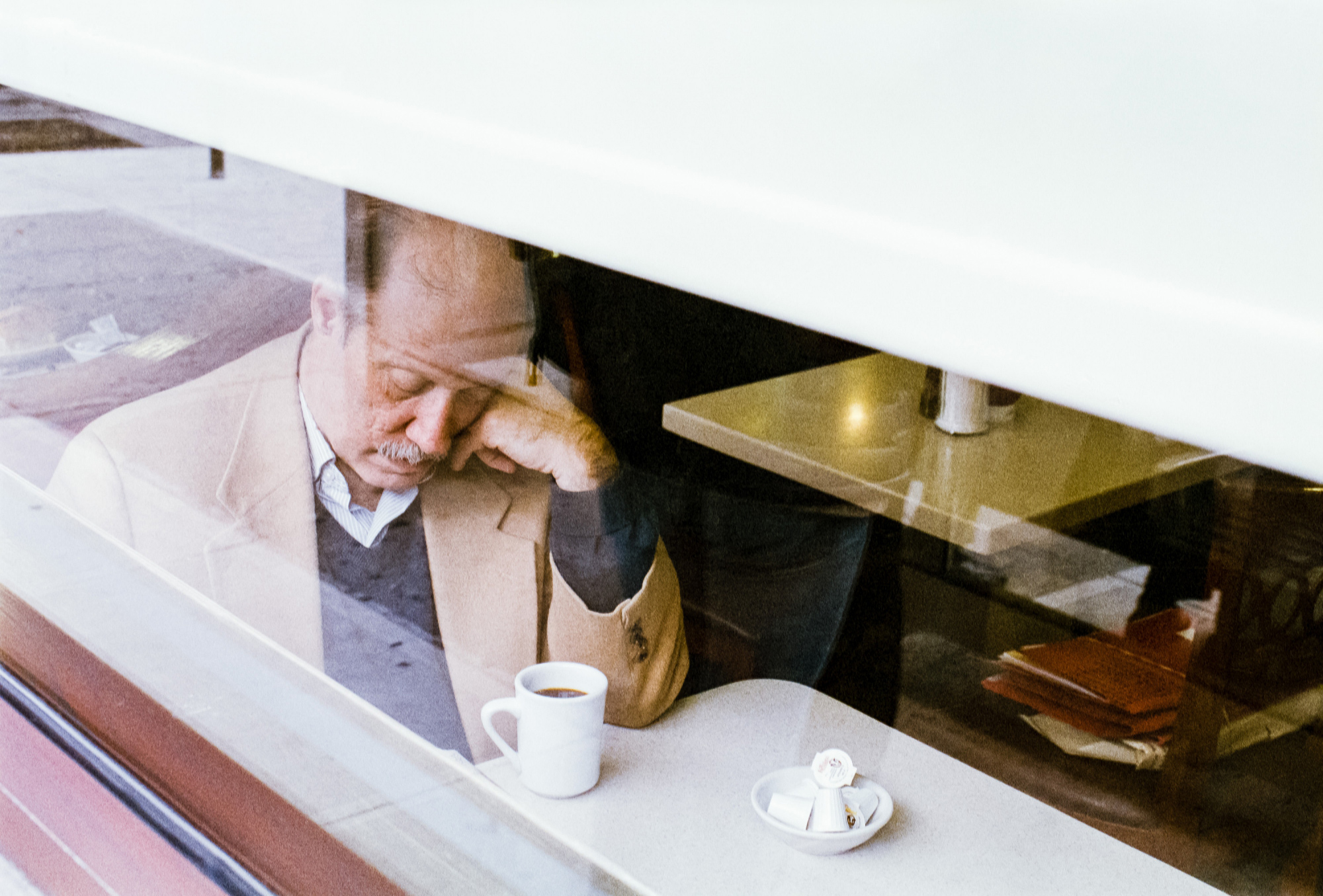
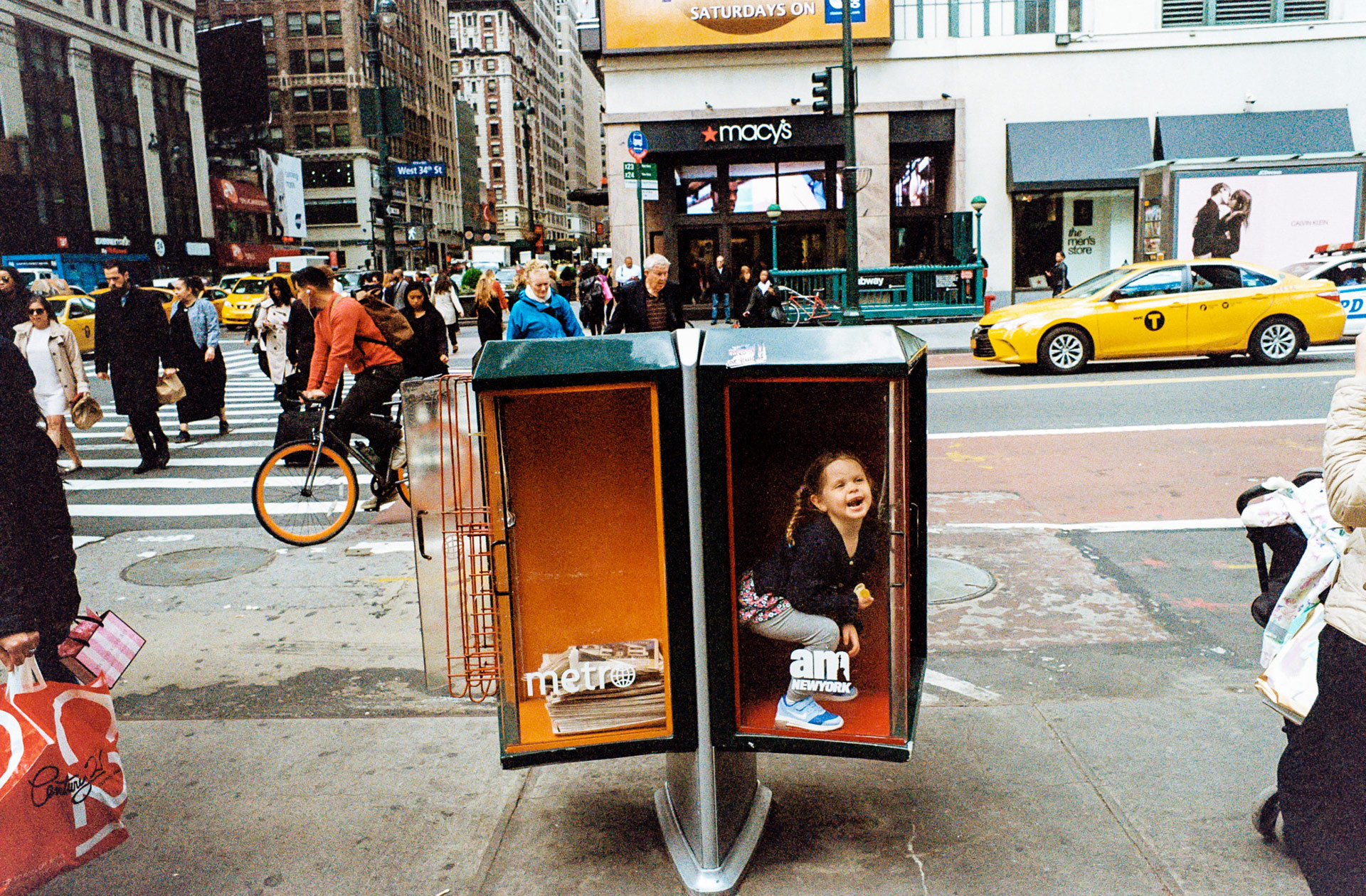
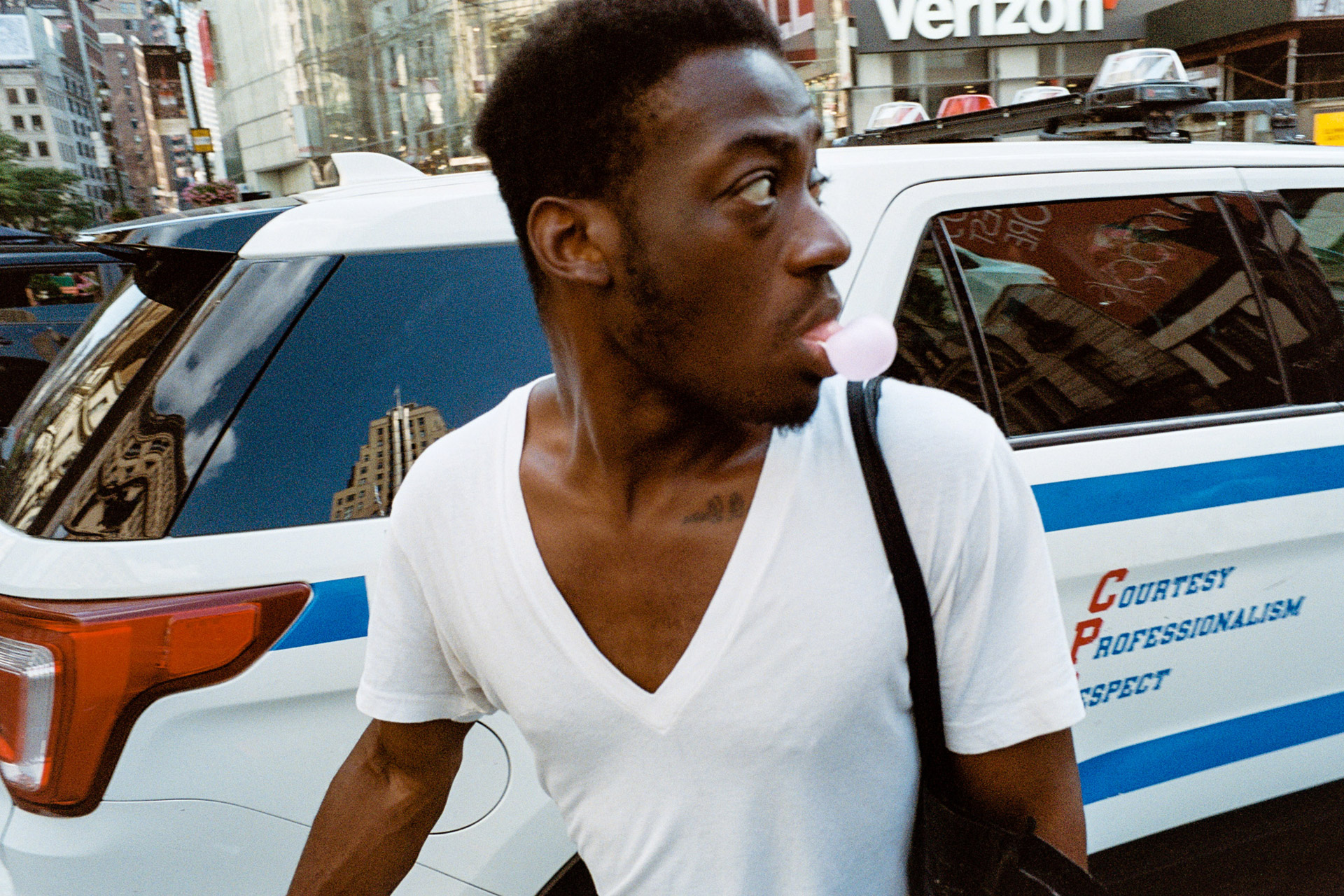
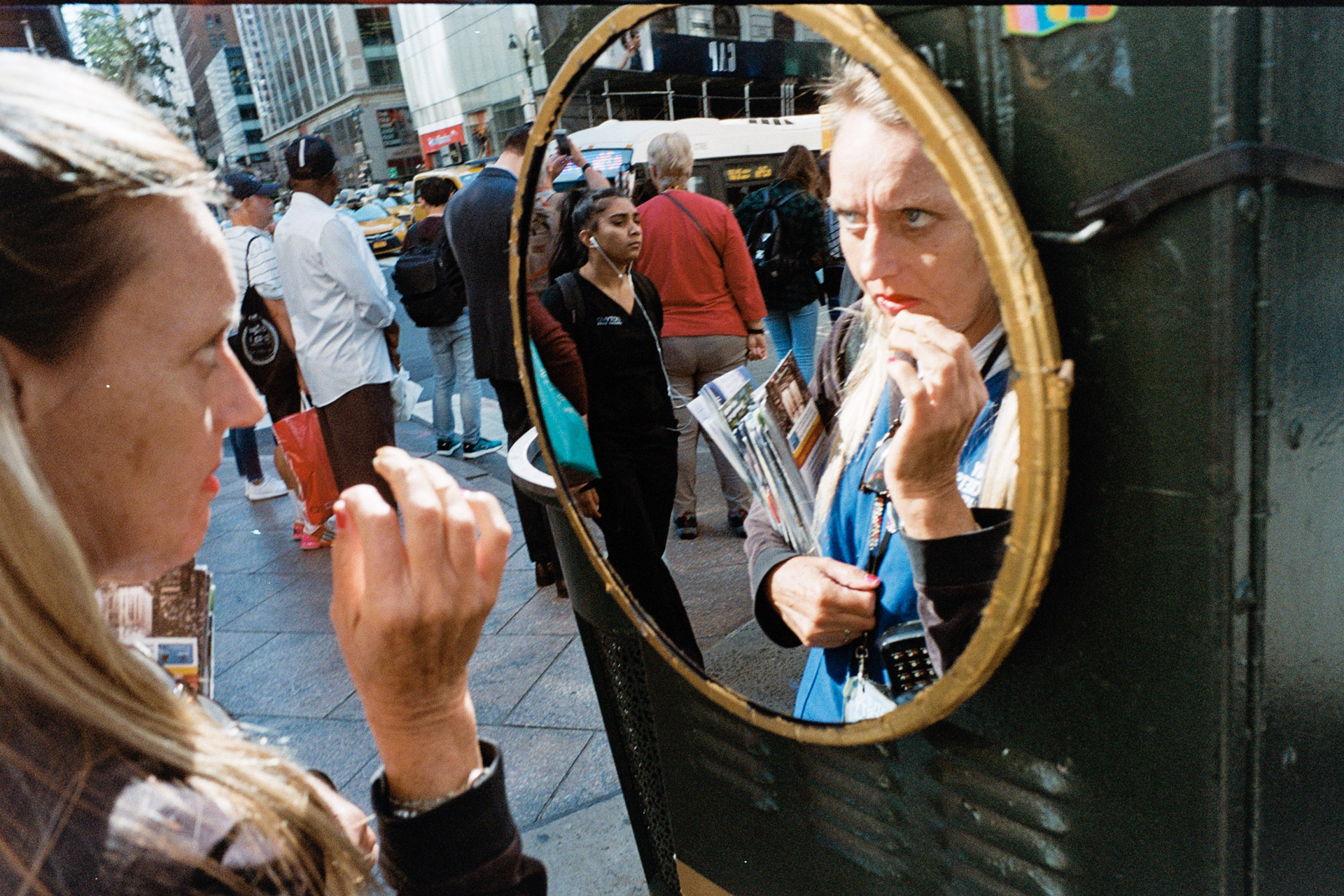
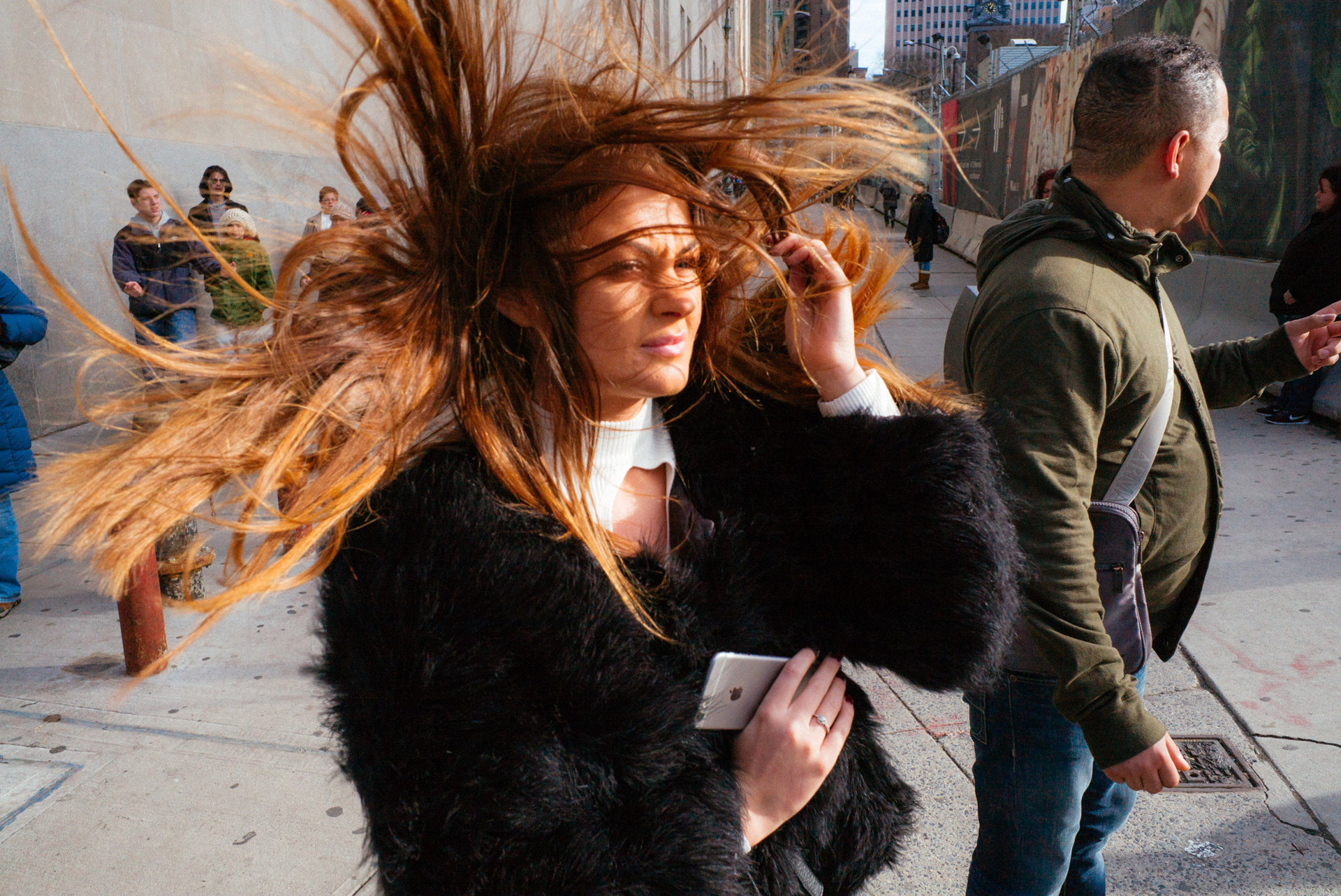
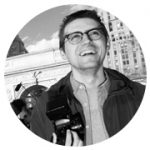
Videographer in fashion from Ohio, raised in Florida. Published his work on Gothamist, Burn My Eye, Find Rangers Camera Club. Cameras: Contax T2, Nikon f801, Sony a7ii.
I think it’s a good habit to always have a camera on you. You really never know when something can happen. It can be on the street, in a bar, at your job, at the zoo. There are opportunities all around us, moments to photograph. I try to make photos everywhere I go.
I grew up in Florida, and Florida is a place with only one season: hot. And it gets exhausting. I decided to move to New York City because it offered variety. After all, variety is the spice of life, is it not? And since I’ve moved here, I’ve felt more life. There’s just something in the air on a sweltering NYC summer day. People are outside on the street, there’s music playing on every block. New Yorkers spend so much of their time on the street… it really is the great denominator. Everybody, rich or poor, has to walk on the street, at least for a second, to get to where they’re going. And the cold of the winter makes us appreciate that ‘something’ so much more.
New Yorkers spend so much of their time on the street… it really is the great denominator.
New York City is a living breathing organism that is always changing. Each borough, each neighborhood has its own special something to offer. Jon Walker and Kalada Halliday make great work in the Bronx. Sean Colello can do things in Queens that doesn’t seem like they can be done anywhere on Earth, let alone Manhattan. I’ll paraphrase something NYC-SPC member Josh Ethan Johnson said: “5th Avenue is great practice, but it’s how we take those skills and apply them elsewhere that will define us as photographers.”
Our NYC-SPC meetings are great, because we get to gather around a projector with like-minded people and talk passionately about photography.
One member, Sebastian Siadecki, referenced a Richard Kalvar quote where he defined what we do as “unposed pictures of people (or sometimes animals or even inanimate objects when they happen to be possessed by human souls)… with nothing particularly important going on.” I think ‘street photography’ doesn’t have to have a rigid definition about where it happens or why. It’s a mindset more than anything.
I haphazardly signed up for a class my first day of high school called Multimedia Technologies. Turns out it was a TV Production class. Then I started making movies with friends. Then I decided to study Radio-Television in college. It was just something that happened and it felt right so I didn’t really need to think twice about it. And then when I moved to NYC, I started to point the camera at people, but instead of pressing ‘record’, I pressed the shutter and fell in love.
There’s much more mystery and awe to still photography, and while I think video has its place in my life, it can almost show too much.
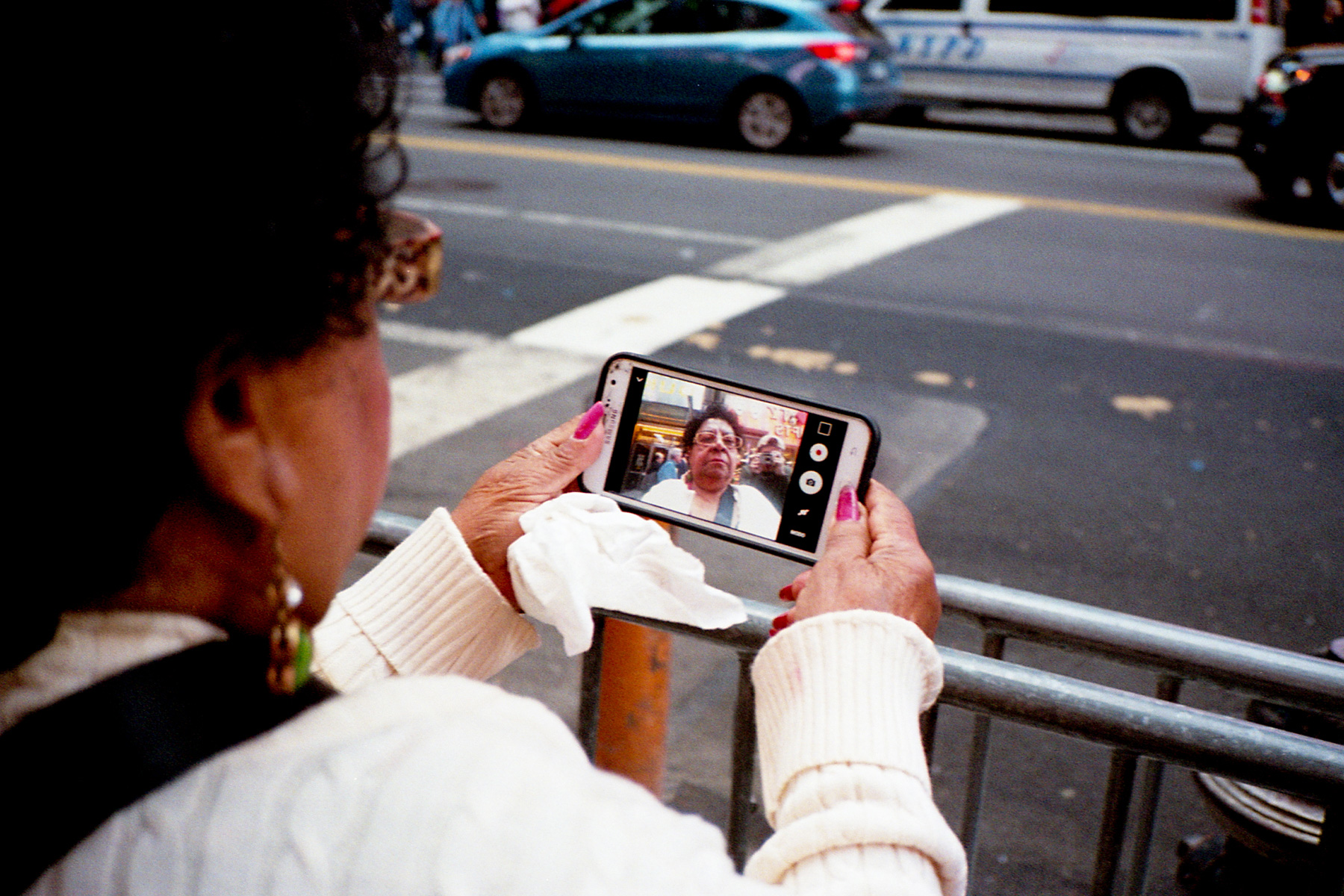
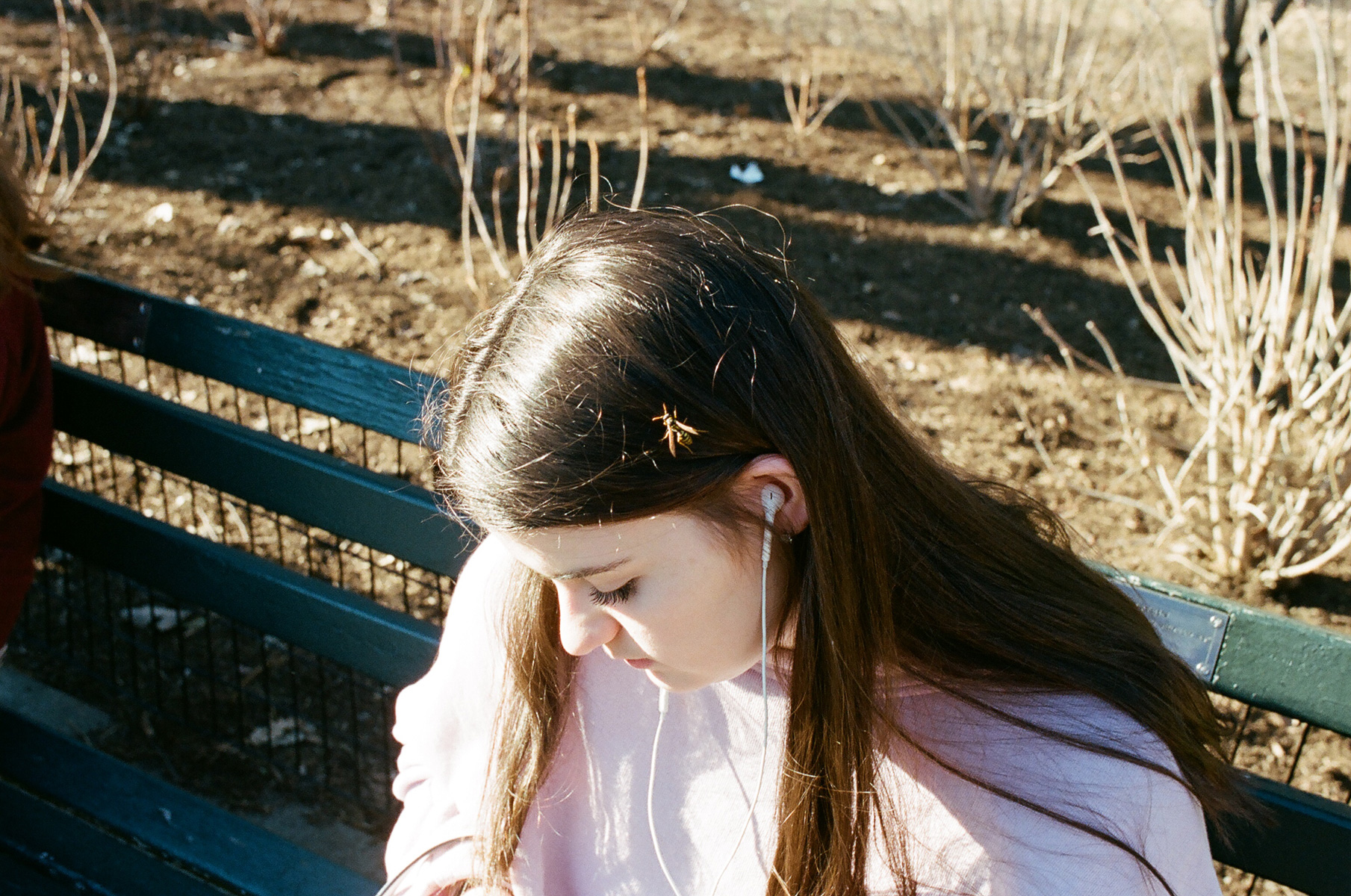
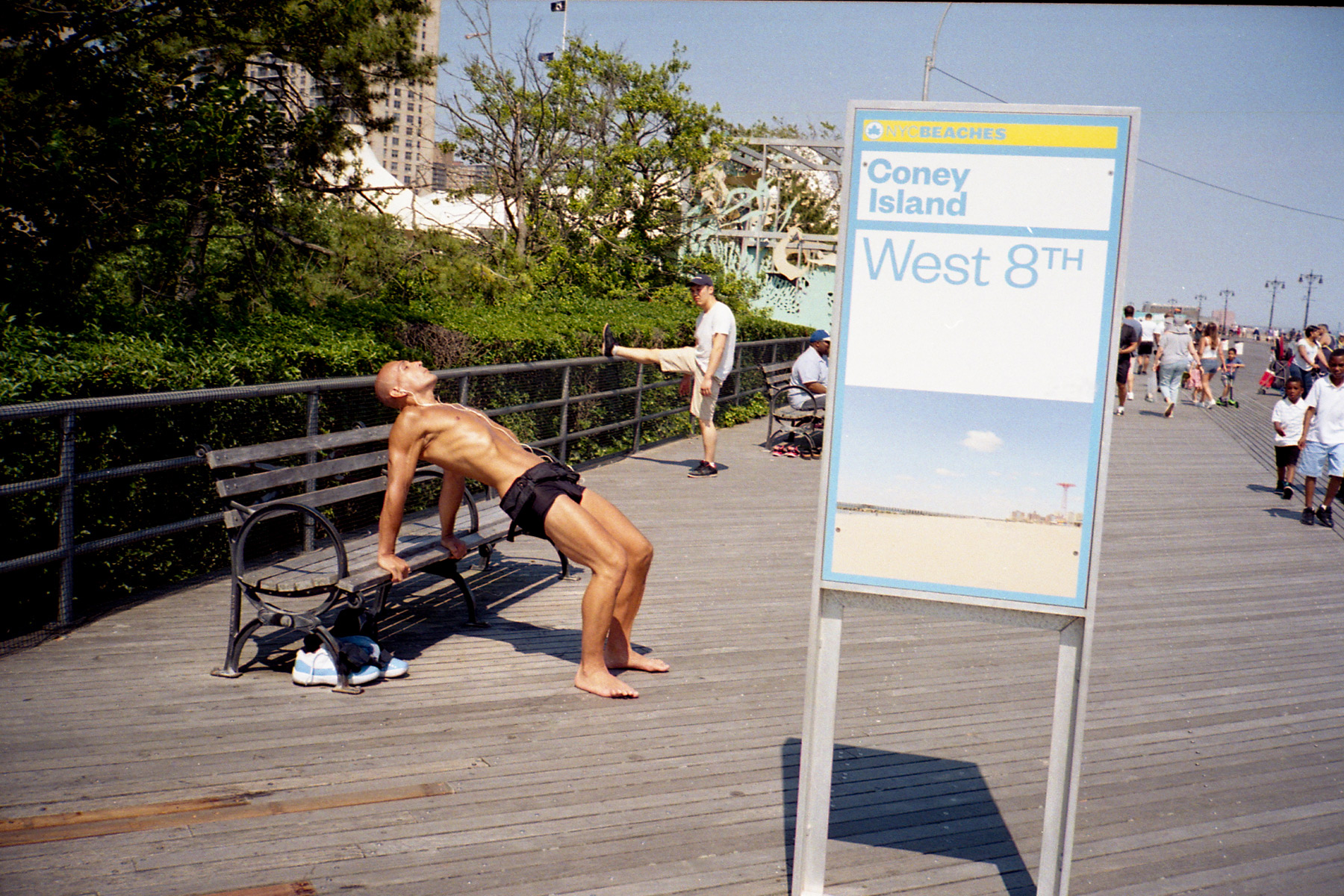
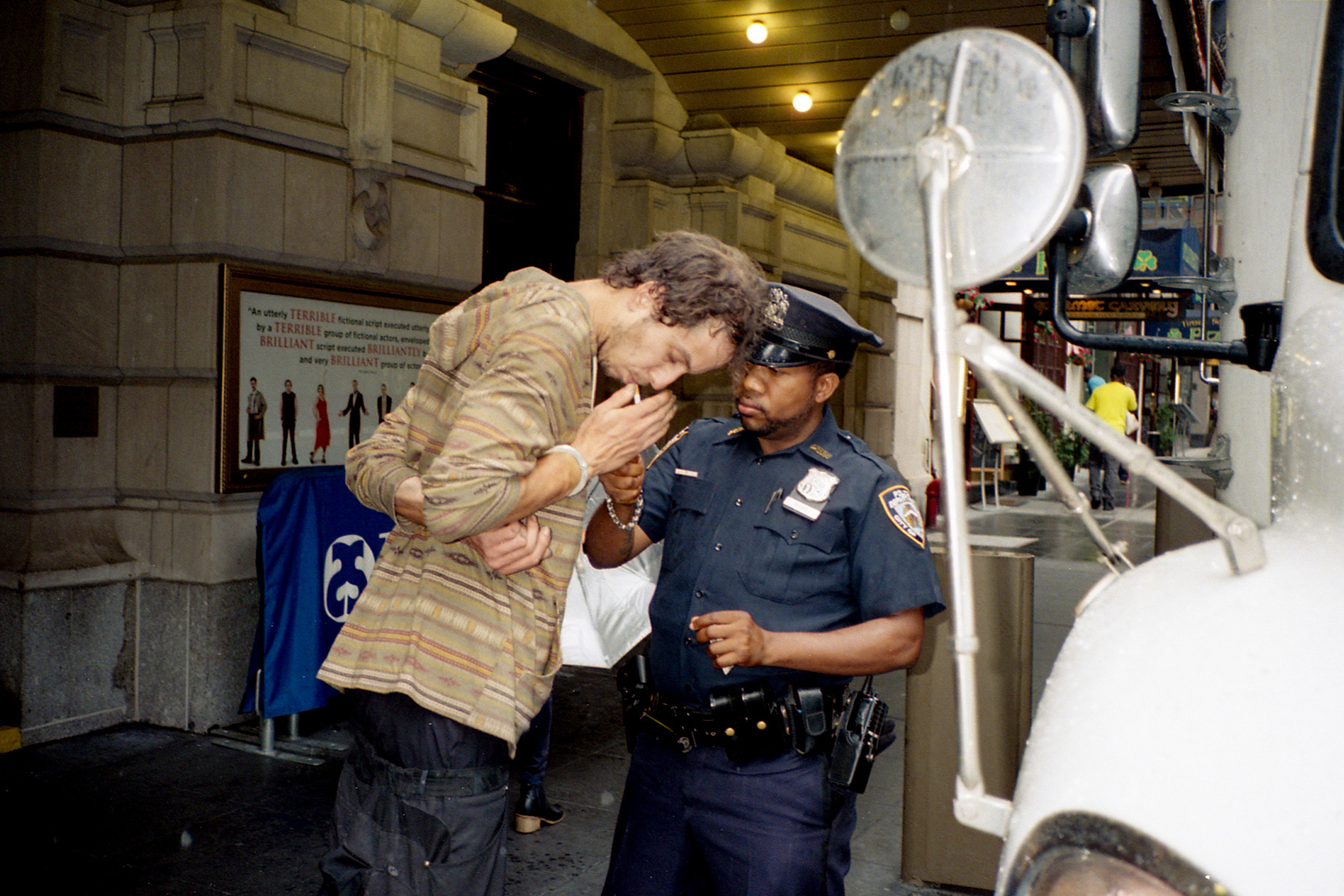
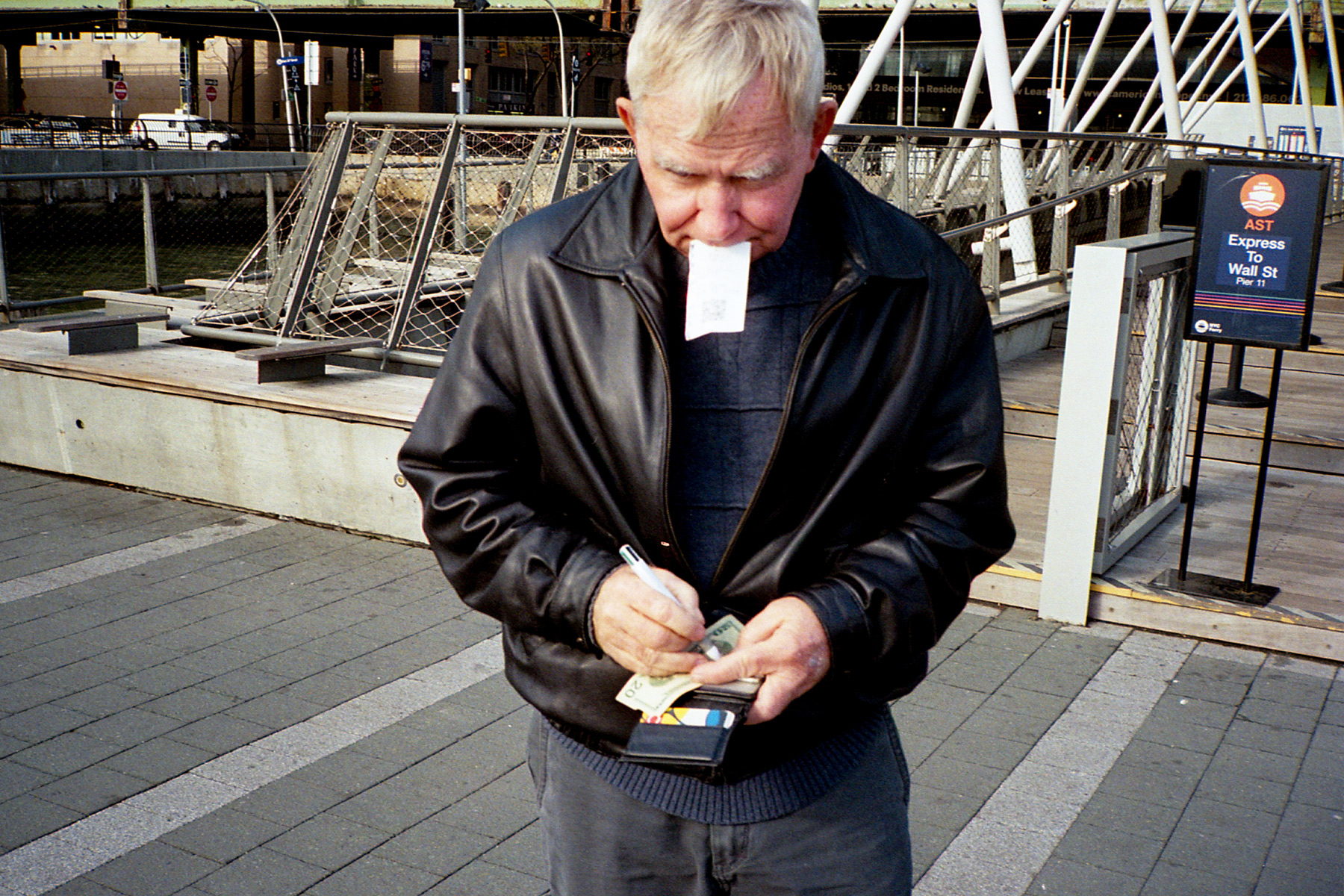
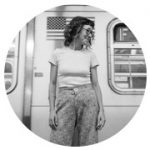
Photographer from Bologna, Italy. Has an MBA but abandoned the industry after working for several years in that field. Self-taught photographer. Published her work in Konbini, Creative Boom, Polaroid blog. Cameras: Fujifilm X100S, Contax T3.
There are in general fewer female street photographers than male street photographers. Photographing street is a lonely endeavor. I relate to all photographers, male or female, about street in the same way.
Light is everything but sometimes fog can be interesting too and rain and snow. I can honestly tell you, I prefer to walk around when it’s warm.
I actually rarely go to Little Italy, except for some of my food shopping. I shoot a lot in the subway and I shoot wherever I am. Brooklyn, Manhattan, in a bus, in a car, inside a coffee shop, at the doctor’s office, on a playground. Sometimes I’ll just walk, sometimes I’ll see a spot I like and I’ll wait and see if something interesting happens. Really it’s not so much about the place as to what I see and if it means something to me.
I shoot in Brooklyn, Manhattan, in a bus, in a car, inside a coffee shop, at the doctor’s office, on a playground.
During the summer months in NYC it is common to see block parties. Streets gets blocked off from cars on a block and the residents on the block have a street party. Everyone gathers outside, children play, there’s food, music. If the weather is blistering hot, the hydrant will be turned on and normally kids just swarm around it.
In NYC I see and sense energy, speed but also loneliness and quietness.
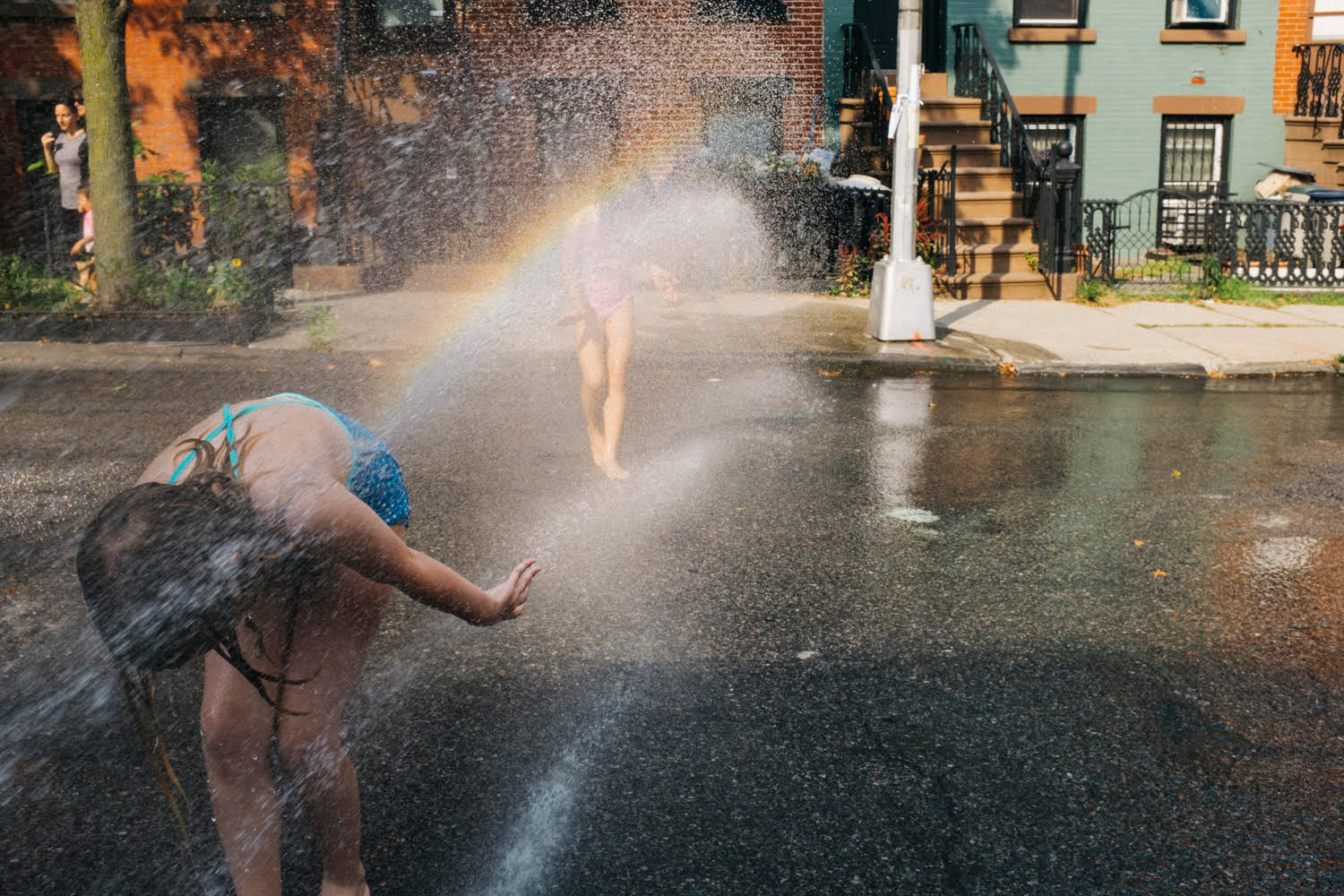
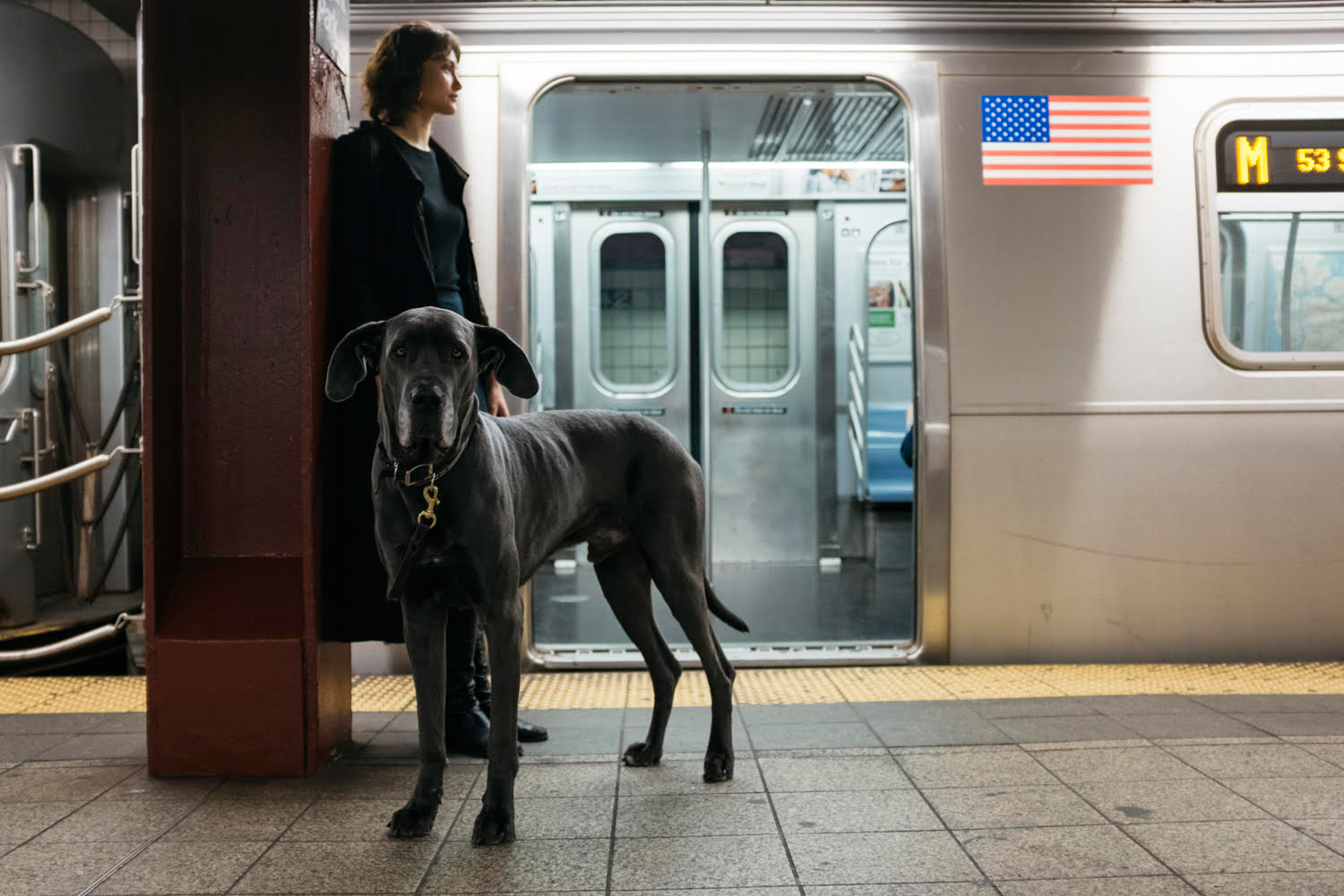
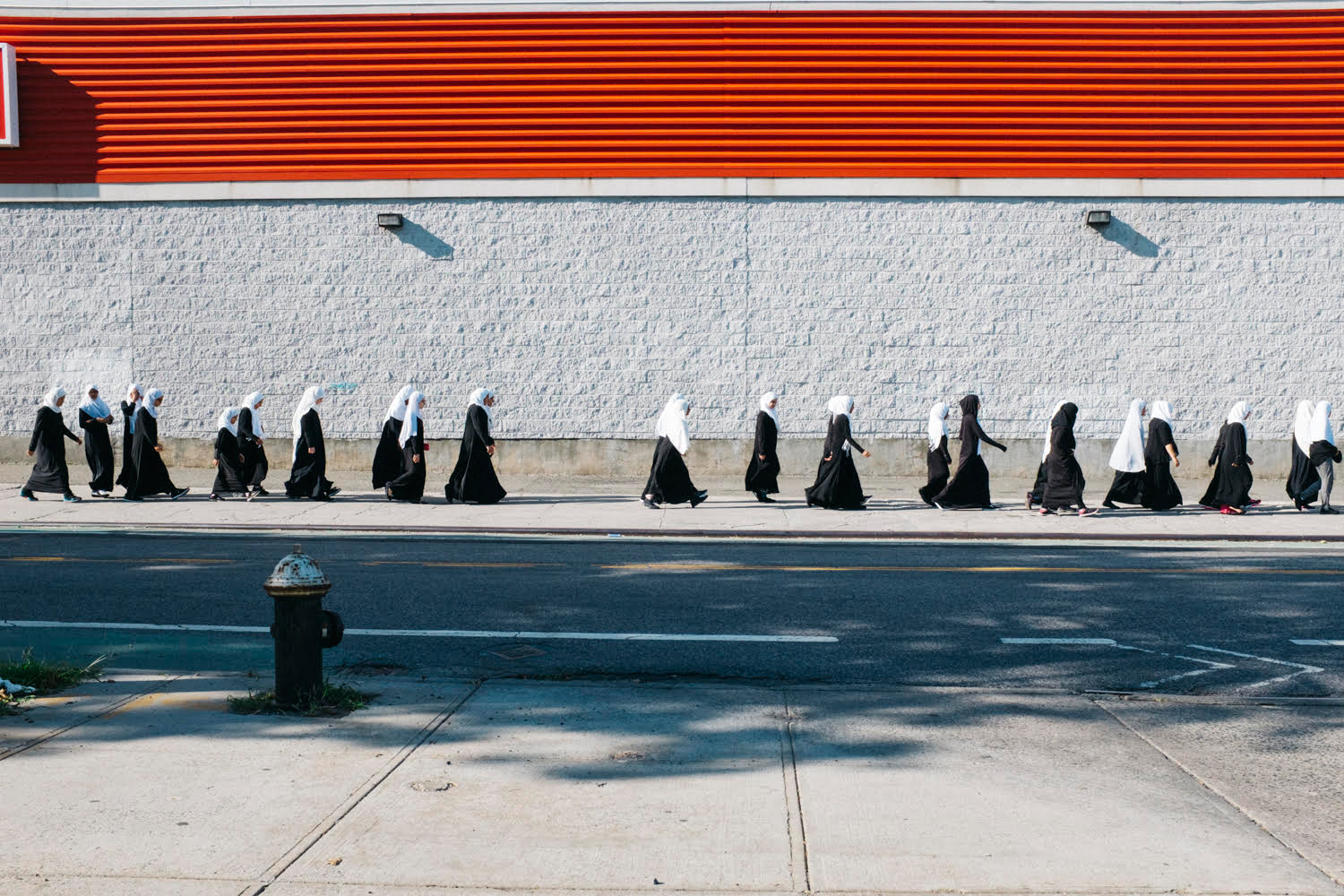
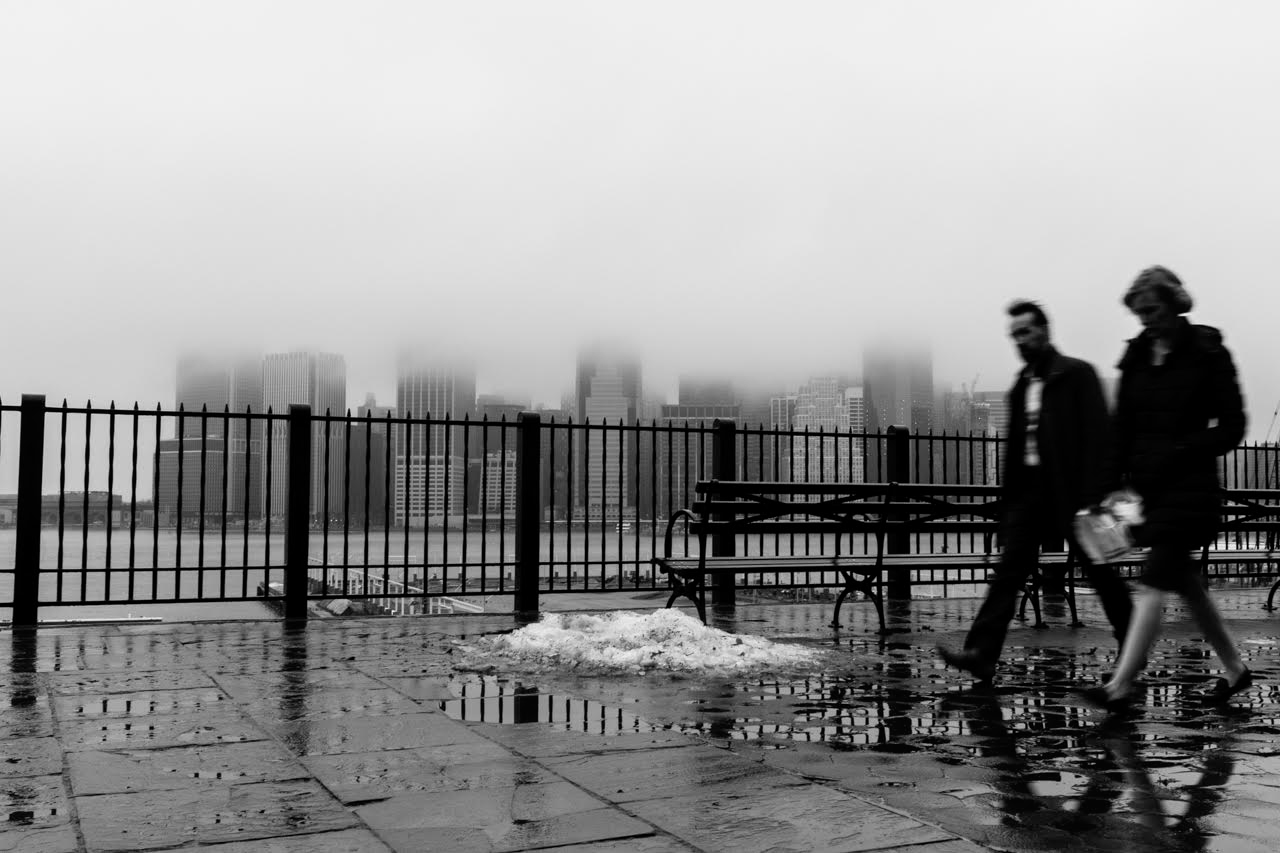
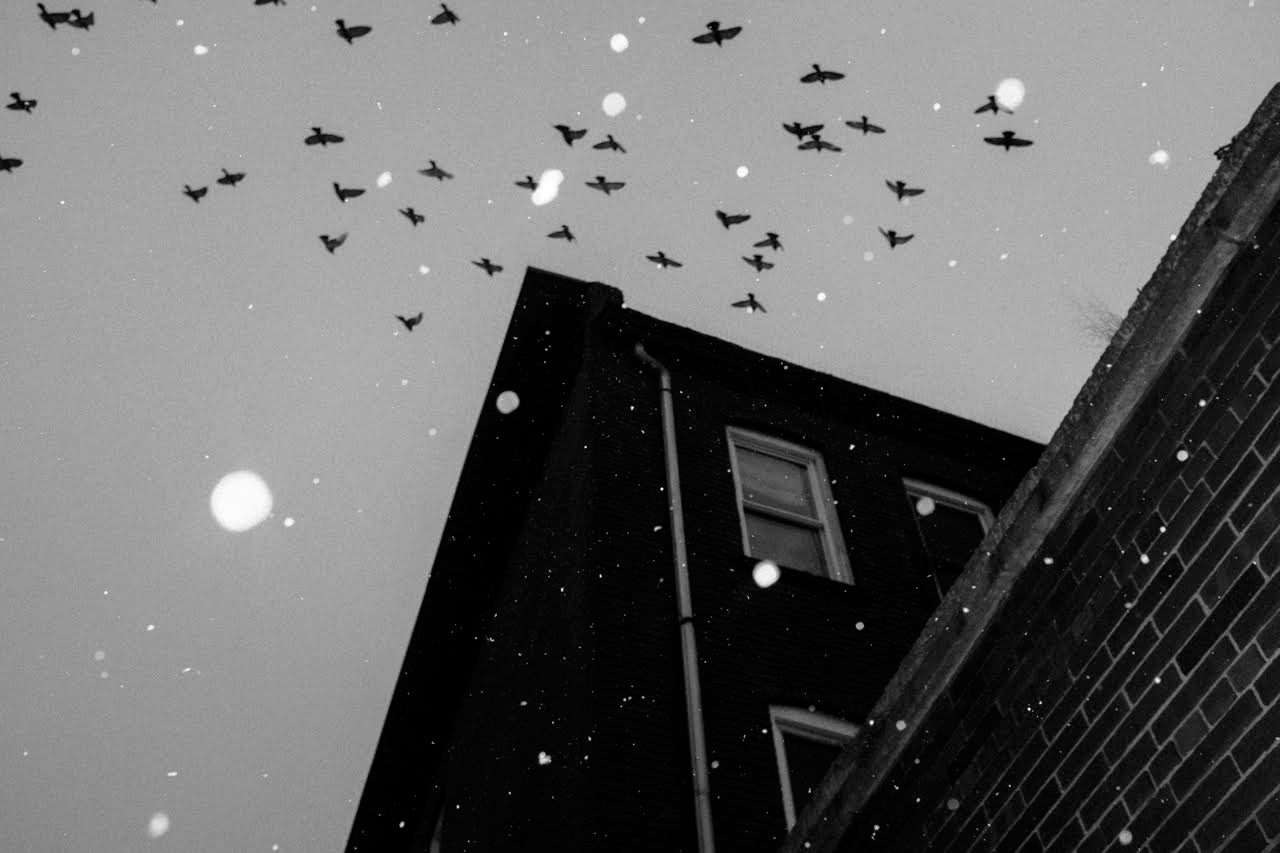
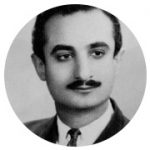
Marketing Coordinator from Oklahoma. Took a photography course at Brooklyn College. Published his work on The Phoblographer, Brooklyn Paper, Brooklyn Daily Eagle, Hey Ridge, Gothamist, The Guardian, Mic.com. Cameras: Leica M2, Nikon FM3A.
I shoot solely in black and white because it strips each photo down to what matters: composition. Without color to serve as a distraction, a photo lives and dies by how it’s constructed and framed. As a film photographer, I have the opportunity to completely control my process. I develop and scan my own film, making sure each step of the process is as good as I can make it. It may seem trendy or ‘hipster’ to go black and white but I’m only going along with my biggest influences.
For me, parks are always difficult to shoot in black and white. There’s usually a lot of flowers and trees, people playing in the grass, toys, a lot of things that are typically colorful and energetic. In those cases, limiting myself to black and white feels restrictive, but I stick to my principles. Good composition always wins. If you’re photographing something or someone beautiful, chances are that its beauty is made up of more than its color. Even though you miss out on that quality, you can still work with those other elements.
I will shoot weddings in color, since those photos are for other people. In the end, black and white has its faults and limitations, but it’s a set of pros and cons I’ve decided to take on.
Most people associate black and white photos with a romantic view of the past. In New York City, there are many old buildings and neighborhoods that give off a vintage feel. By combining the two, you can produce photos that look decades old while infusing a romantic look into your work.
If you flip that idea, I think ‘new’ cities don’t look as good in black and white. The architecture isn’t old, the street lights aren’t old, the staircases, the stoops. When you photograph things that scream ‘the present’, there’s a clash between the modern design of an object and the vintage look provided by black and white. There’s nothing sexy about a Honda Civic in black and white.
There’s nothing sexy about a Honda Civic in black and white.
For street photographers, the biggest challenge is finding the shot. In New York City, there’s so much going on in the streets that it can be overwhelming. All your subjects are moving and interacting with each other: people, cars, dogs, strollers, carts, families, children. To be successful, you have to be able to sift through these living elements, predict their movements, and find the right slice of time that arranges them in a pleasing way.
My only method is to be as attentive and aware as possible. To help achieve that, I sometimes walk around with earplugs on to cut down the noise. Manhattan is a loud, hectic place and the earplugs help me preserve some sanity so that I can work.
If I come across a good looking scene without a subject, I have no problem waiting 5, 10, sometimes 30 minutes for the right set of circumstances. Depending on the scene, I’ll even revisit the area for weeks, waiting for the right light. Being patient, along with being attentive, is a vital part of getting the shot.
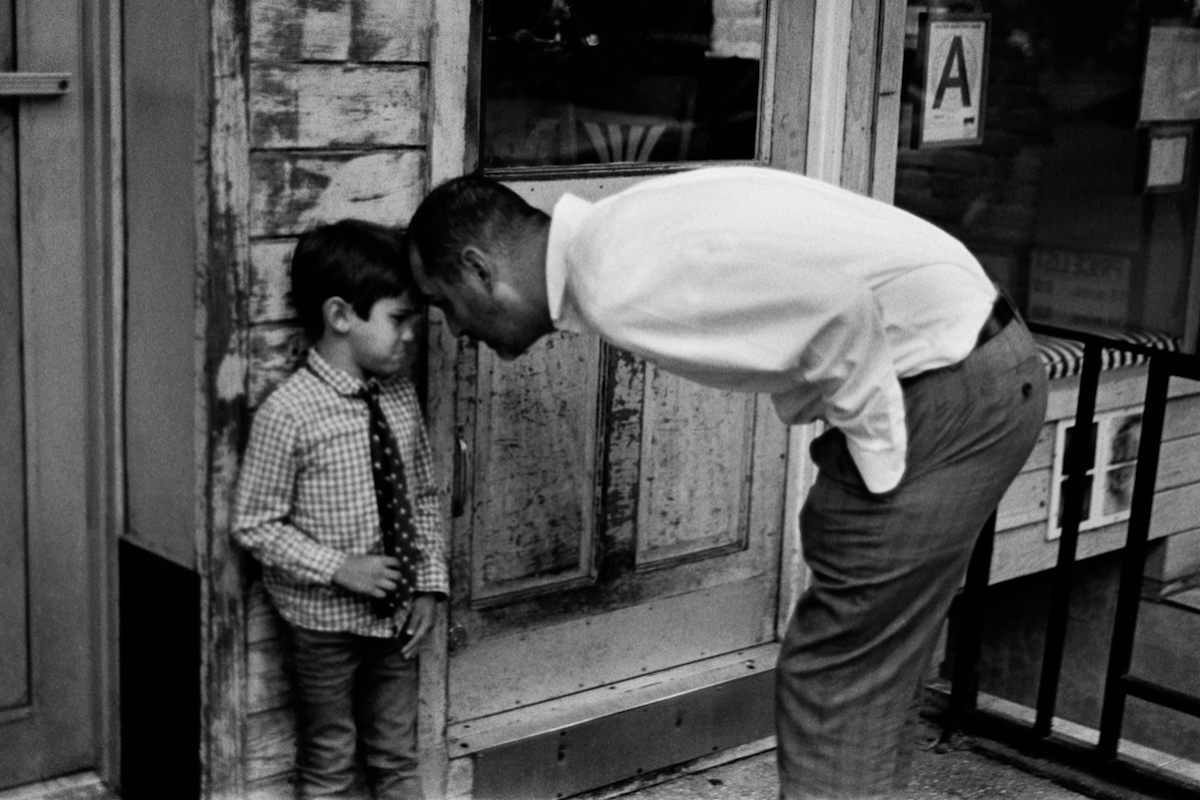
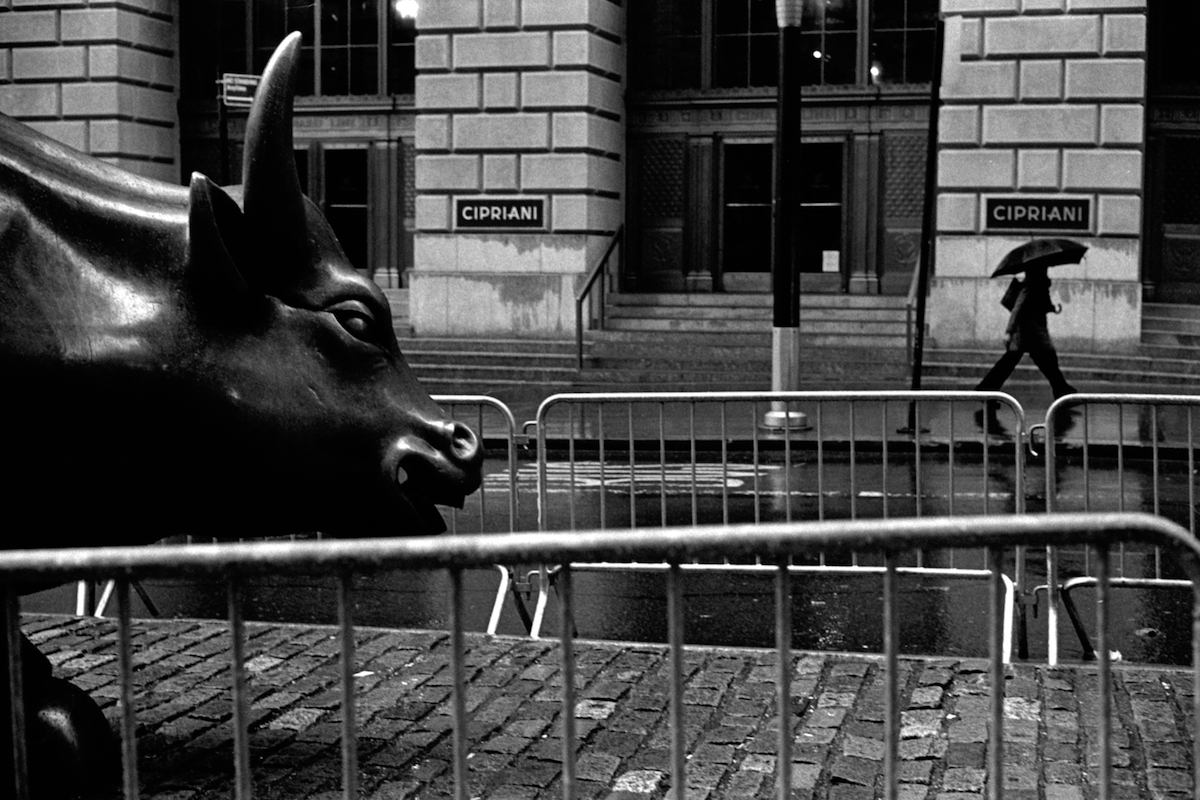
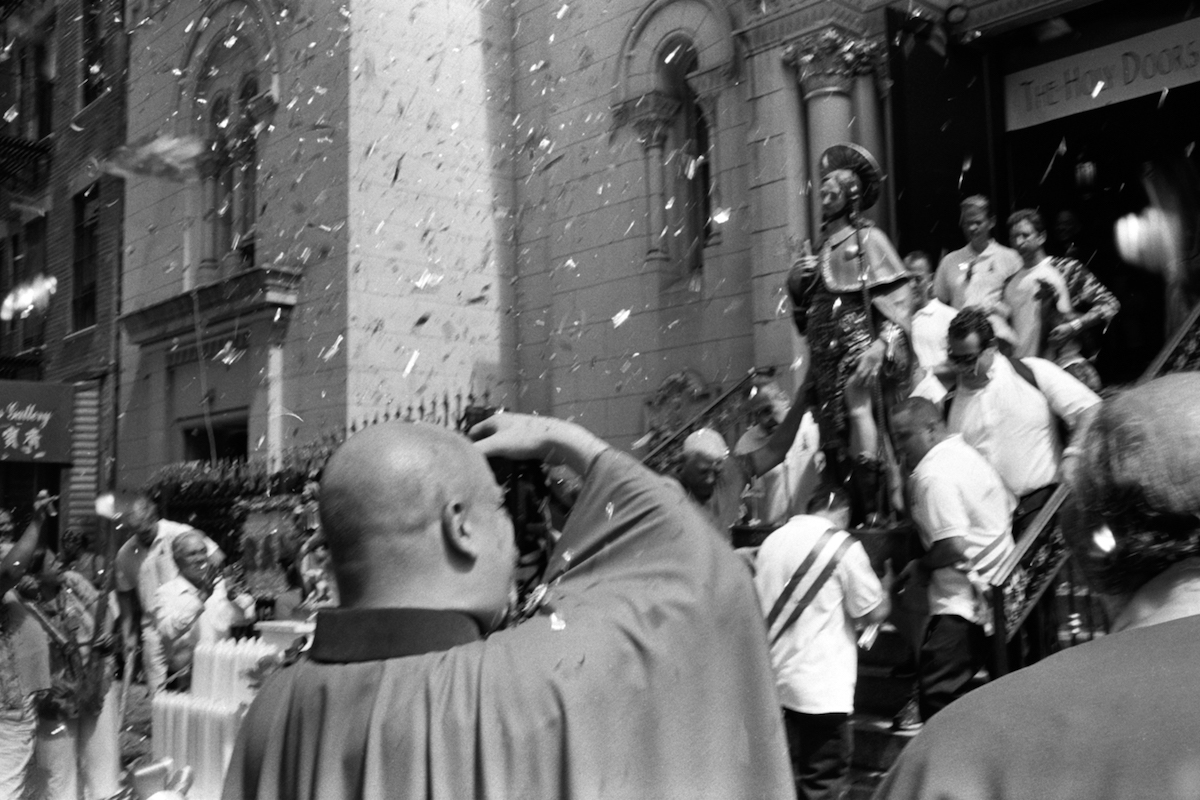
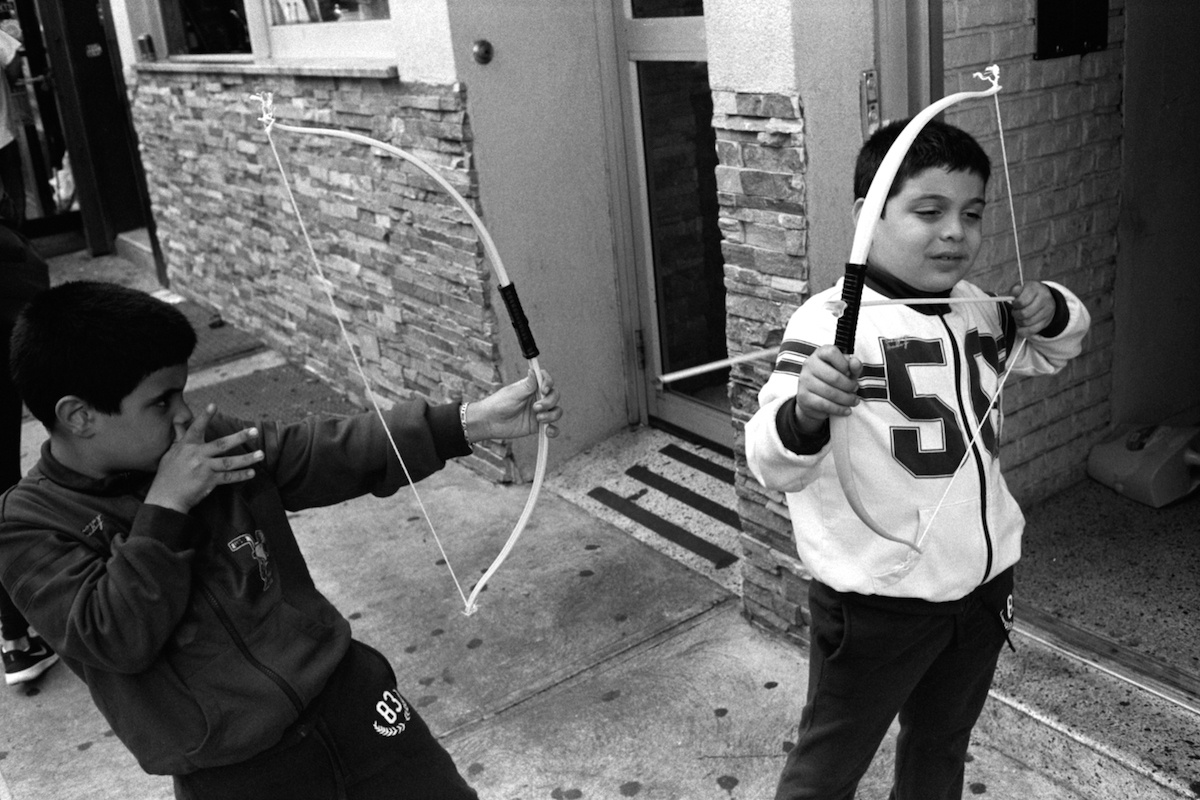
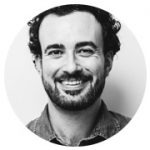
From Gdynia, Poland. Senior Campaigns Manager at AllOut (Human Rights and Activism). Published his work in in The Guardian, Interview Magazine, VICE, Slate, Mashable, Mic.com, Huffington Post, Street Photography Magazine. Cameras: Ricoh GR II, Canon 70D.
On the one hand, New York is as American as the hamburger and Coca-Cola. But at the same time the city is like a bubble inside the USA, the whole world in one city. Get on the subway and you’ll hear and see people from everywhere. There is an incredible openness and respect for foreigners that I haven’t felt anywhere in Europe like that.
In Germany, or Poland, where I’m from, people are much more suspicious when you take photos of them on the street. It’s what makes New York so special and so attractive to people across the world. The energy all these people create every day is just fascinating and addictive. And as a photographer, this is what I’m trying to capture.
In my photography I try to show life in the city in a not too serious way. Life is pretty tragic — but a good laugh can go a long way to help us live with that.
For me it’s all about the human moments of the city. When people look at my photos, I want them to feel immersed in the scene. You don’t really ‘feel’ the moment when you’re standing on the other side of the street and zoom in with your tele lens. I shoot wide and I get close. It took me a while to learn that I can do that here in New York.
I shoot wide and I get close.
There is so much to explore in the daily current of the masses in the city. It’s loud, crowded — full of life, happiness, tragedy. In my work I try to filter through that noise. I put people at the very center of my photography. And with the image the story unfolds and enters into a dialogue with the viewer.
I can’t really tell you what exactly I’m looking for. I know it, when it unfolds in front of me. It can be a certain gesture someone is making. It can be a moment of closeness and privacy in the chaos of the streets. A moment that stuck out for me as special and worth conserving.
My work as a human rights activist surely gives me a very sober look at what’s happening in the world. But it also teaches me that there’s always hope when people come together and work on improving things.
I use Instagram to connect with other photographers across the world. It’s a great way to explore the work of others, get inspired, and get some exposure for your own work. But it can also be a pretty weird place and I am trying hard not to get too obsessed with it. I’ve grown my following over the last few years and what definitely helps is constant activity. I post a new photo almost every day, and I interact a lot with other photographers. I think what really helps if you’re trying to build a following, is to be authentic and communicative. And of course sharing only your best work.
I am getting reviews and I really appreciate it when people have more to say than just a word or two. Getting feedback from others really helps when you want to grow as an artist.
I like one corner on 34th Street in Manhattan a lot for its fantastic light on a sunny day. I remember hanging around there for quite some time one day without capturing anything relevant. Lots of tourists, shoppers, very busy. I was actually on my way to the subway to take a train home, when I saw this couple kissing — passionately, fully immersed in their love game. I’d say they were middle-aged, but they looked like teenagers freshly in love. I took several shots from different angles and got really close. They didn’t notice me at all.
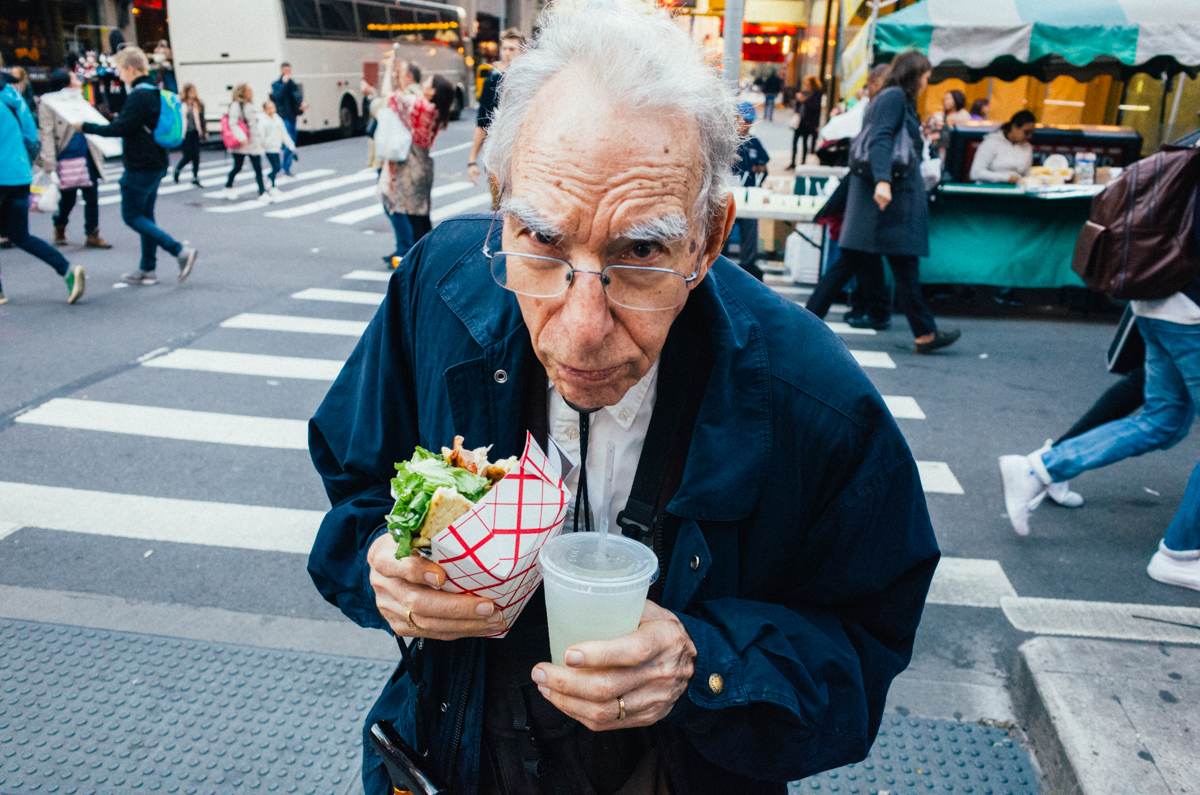
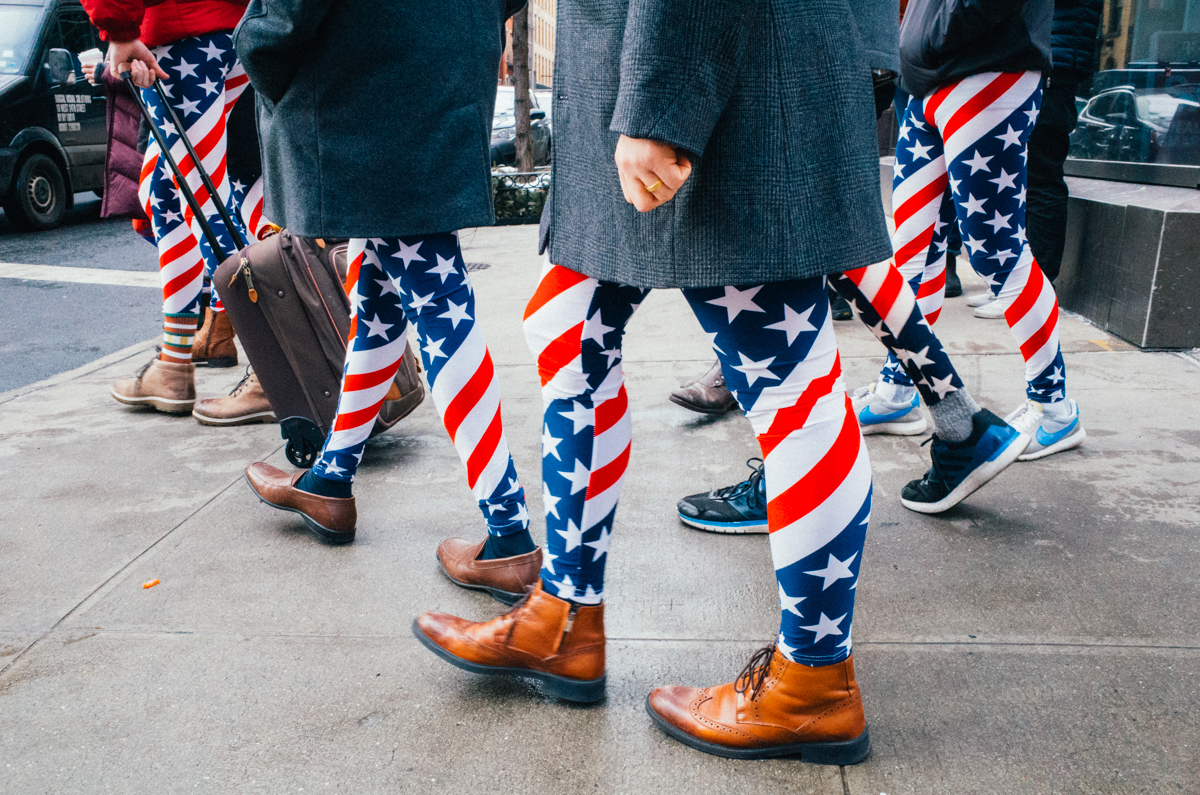
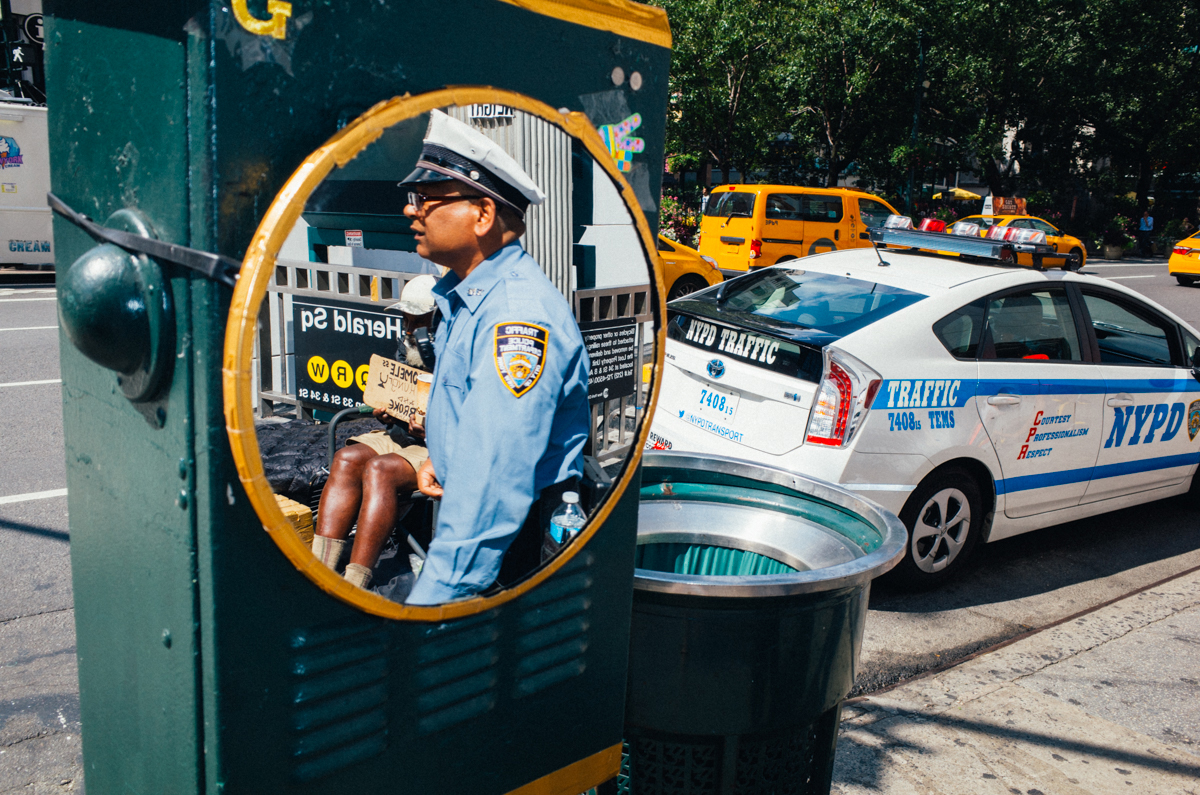
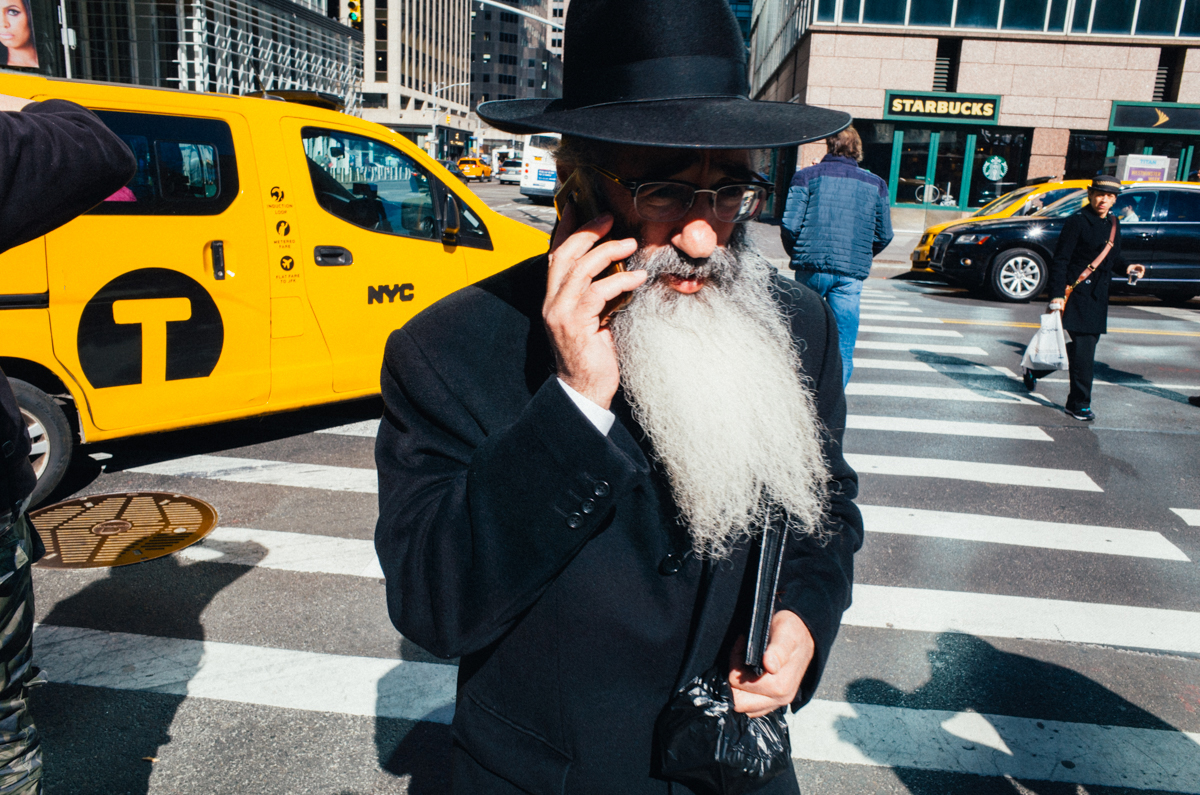
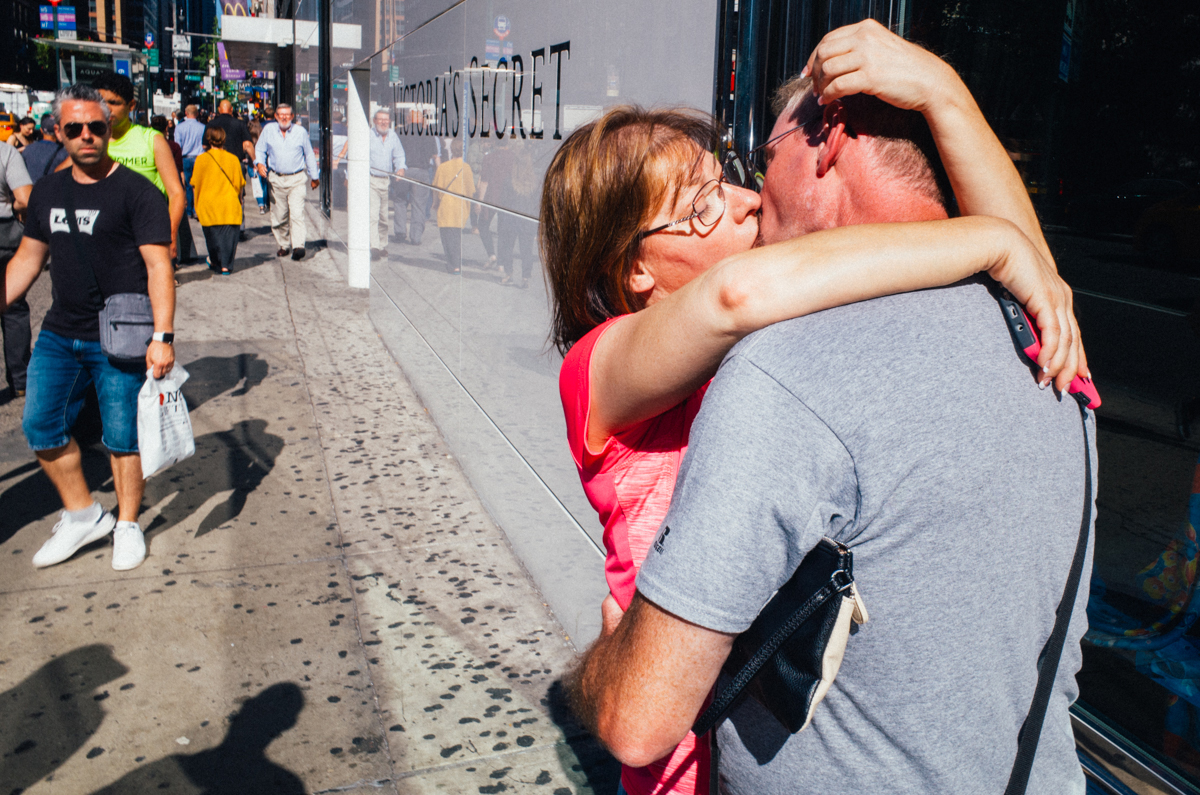
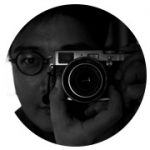
From Daegu, South Korea. Published his work in Konbini.com, Street Photography Magazine, Mic.com, The Guardian, The Phoblographer, Lomography. Cameras: Bessa R4M, Yashica FX-3 Super 2000, Olympus Stylus Epic point and film cameras.
I usually enjoy walking over any Manhattan streets as long as there are some crowds and a good light, although my favorite street is 5th Ave. It is so special in that it has always more crowds and longer light during the day compared to any other street in Manhattan. There is no surprise that the legendary street photographers like Garry Winogrand and Joel Meyerowitz love 5th Ave, too. I also walk in my neighborhood in Queens from time to time when I am not in the mood of going into the busy streets in Manhattan.
If you are a street photographer, you know that often times the best photograph you make is from a place you’ve never imagined before.
You can still be invisible and get closer to the subjects at the same time depending on your level of experience and understanding of the space you’re in. Because I use a 28mm lens most of the time, I do tend to get closer to my subjects. I would say 1.5 meters to 3 meters is normally optimal to me. People usually don’t notice me taking photos of them unless I try to make intentional eye contact.
When people notice me taking photos of them, smiling works 99 out of 100 times. Even if I am confronted, I am always ready to explain what I am doing to ease the situation.
When people notice me taking photos of them, smiling works 99 out of 100 times.
Koreatown is located on 32nd Street between 5th and 6th Ave. I do recommend any restaurants there. There are so many choices for a quick and cheap meal. The street is busy, too. You will also have quick access to any busy streets in the Midtown east/west area.
Koreatown is much smaller than Chinatown with no surprise. When it comes to Chinatown, I do tend to go to the Chinatown in Flushing, Queens rather than the one in Manhattan mainly because I can walk around the larger area having more local people than tourists.
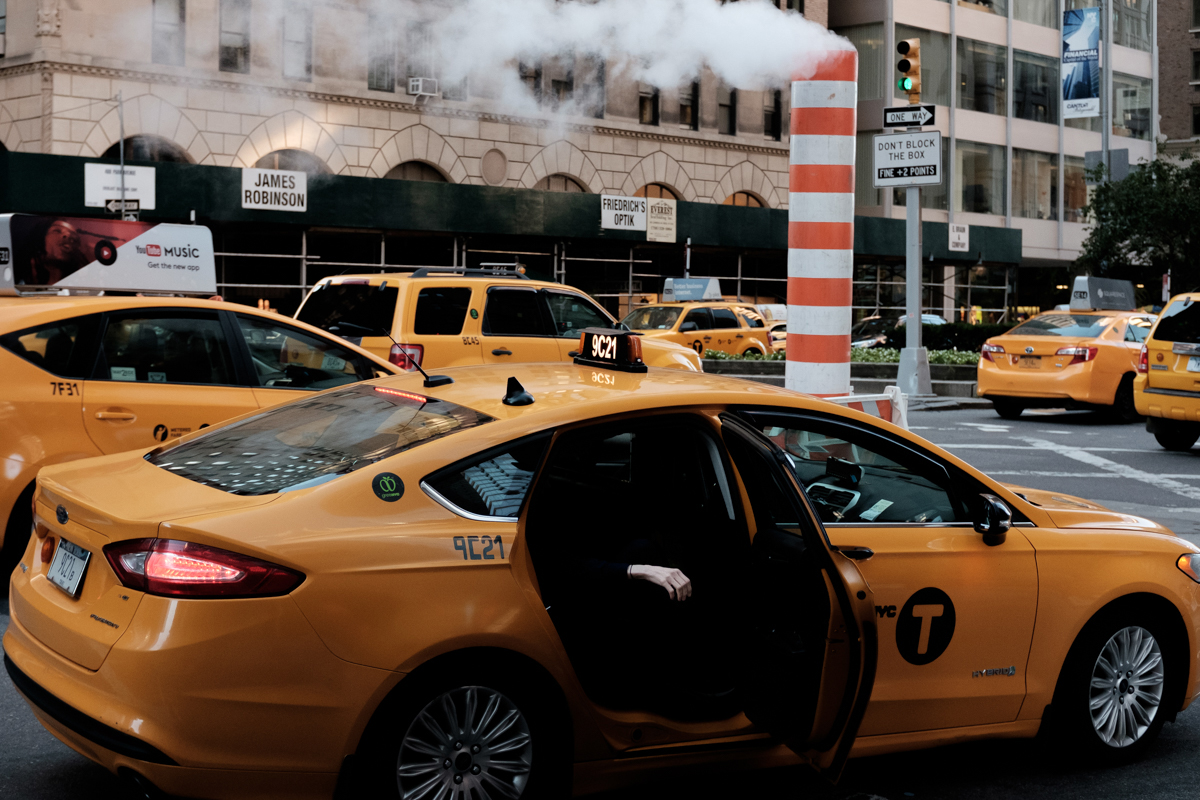
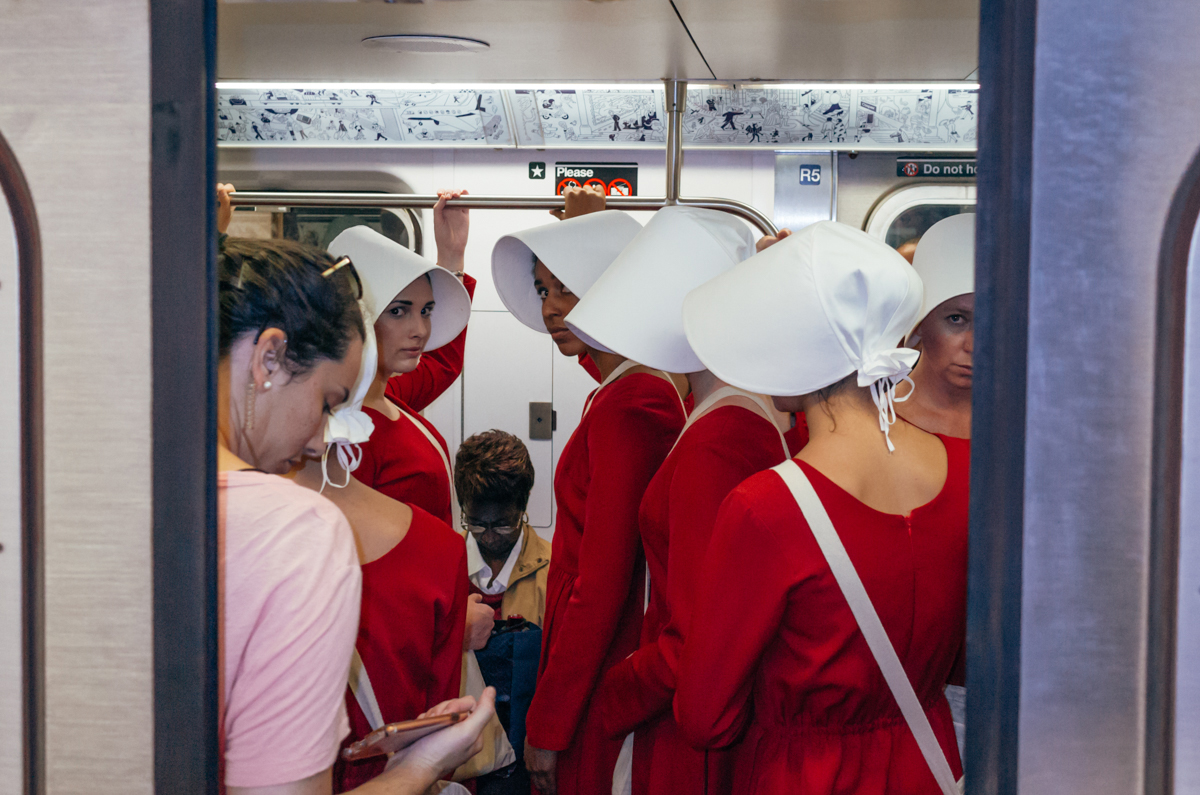
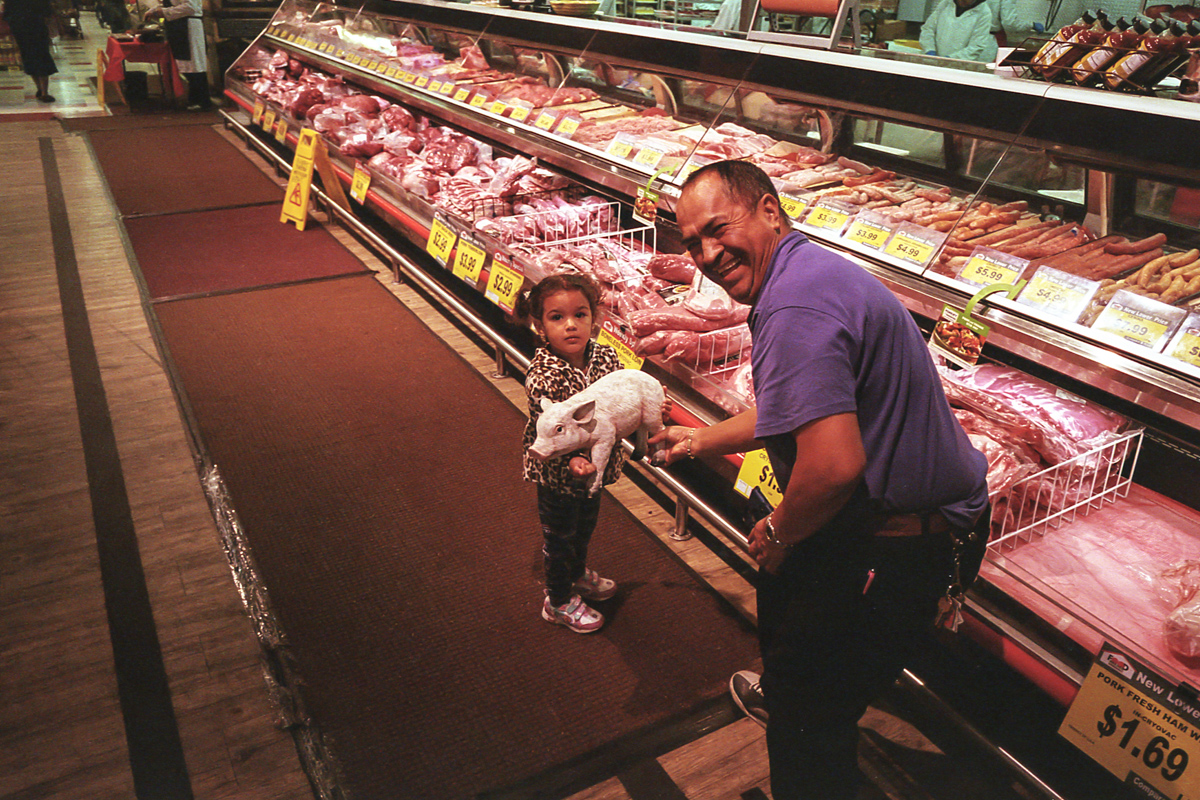

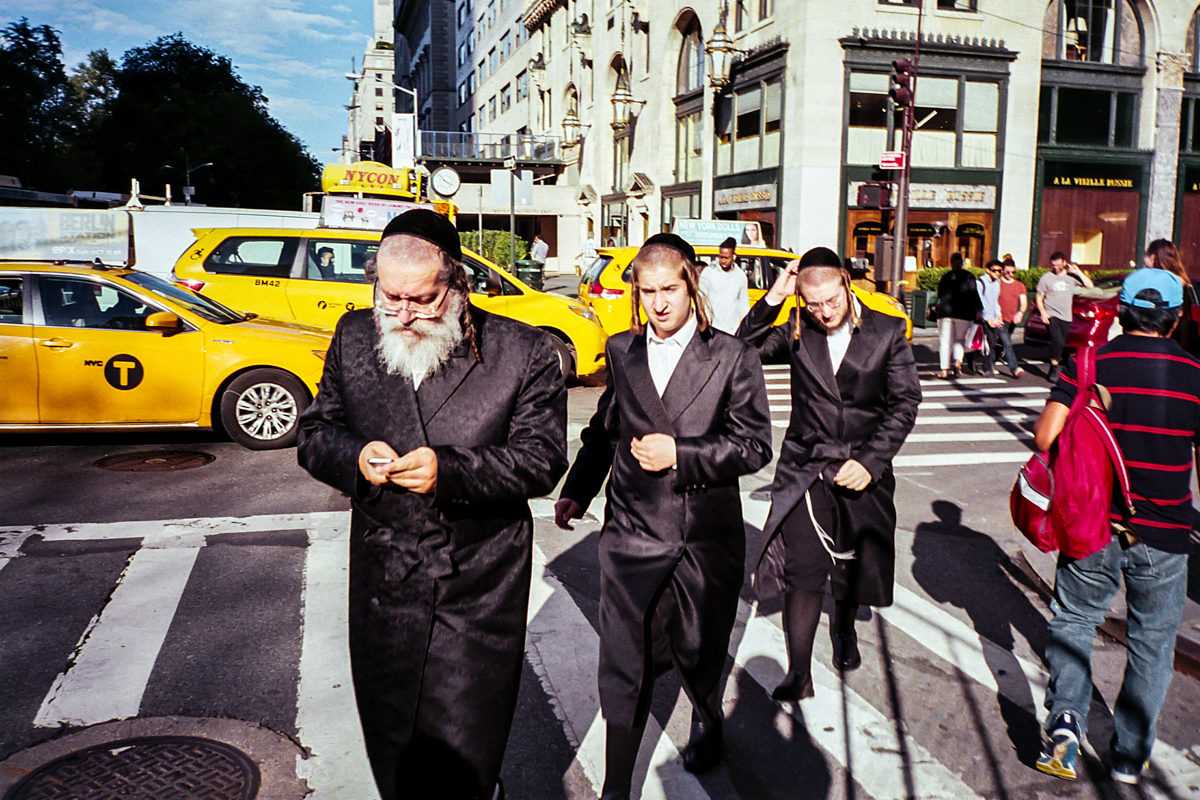
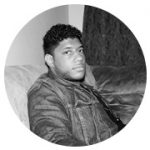
From Jamaica, Queens. Self-taught photographer. Works at JFK airport, handling cargo for Lufthansa Airlines. Cameras: Contax G2 with a 28mm lens, Mamiya RB67 and Samsung Galaxy S8+.
I’ve only been taking photos seriously for about three years, so I’m not sure if I’ve been working long enough to capture a difference in the city over time, but it definitely helps me find the basic, New York brand of humanity that we share. Photography helps me stay in touch with people I’ll probably never know.
Today, Queens is still the unbelievably diverse borough it’s always been. Taking a trip down Queens Boulevard through Kew Gardens, Forest Hills, Jackson Heights and other neighborhoods is a culinary world tour in itself. (Should Russian visitors tire of Brighton Beach, I think they would enjoy this excursion. They can join me on a drunken bar crawl on Roosevelt Avenue if they wish.)
One time, I’d just got off the F Train at 14th street in Manhattan. As I left the subway station, I saw officers holding a gentleman against the wall of an Urban Outfitters. I tried to get closer as they wrestled him to the ground (with unnecessary force to my eyes), but another duo of officers held me back from the scene. Part of me wanted to sprint past the police to get another shot, but then I’d have been down on the ground next to the ‘suspect’. I’m not sure what happened before the cops got a hold of him, but I know a good photo when I see when. Context doesn’t matter.
Context doesn’t matter.
My main fear is that I won’t be able to afford the city anymore. Rents and prices are always on the rise. Can’t say the same for wages, unfortunately. I work in JFK, but make some money from photography by taking small gigs when I can.
9/11 paranoia and cynicism has long faded, but economic anxiety still lingers. New York City is becoming increasingly prohibitively expensive to live in, and working class enclaves, like my own Jamaica (the neighborhood, not the country), find ways to get by.
Street photography subgenres that are typical for New York — Couples. Drunks. Crazies. Performers. Subway Travel. Protests. Festivals. General crowd work. Police activity. Children.
I’ve always loved Bruce Davidson’s work. My favorite might be his photo from 1980 of the upscale looking woman with a fur coat riding the graffiti covered subway. It has glamour along with grit: New York City summed up in one photo.
